Top 12 Reasons Why Most Dropshippers Fail & How to Avoid Them
I'm looking for...
Why do so many dropshippers crash and burn while others thrive? What are the reasons why most dropshippers fail? If you think success in dropshipping is as simple as launching a store and waiting for sales, think again.
This article reveals the Top 12 Reasons Why Most Dropshippers Fail and equips you with actionable strategies to sidestep those pitfalls.
From niche mistakes to supplier nightmares, learn the secrets to turning failure into a thriving business. Ready to level up? Let’s dive in!
Create Your Online Store in just 5 Minutes – For Free
Pick your niche, our AI builds your store, add 10 winning products and we teach you how start selling today. Start picking your niche
Key Takeaways
| Reason for Failure | How to Fix It |
|---|---|
| The Wrong Niche | Use tools like Google Trends, Exploding Topics, and Niche Scraper to validate demand. Test multiple niches before committing. |
| Supplier Issues | Vet suppliers on platforms like Dropshipping.com and CJ Dropshipping. Use DSers to manage multiple backups for each product. |
| Marketing Challenges | Invest in SEO, run targeted social media ads with tools like Facebook Ads Manager, and use influencer marketing for organic reach. |
| Customer Service Issues | Use live chat tools like Tidio and automate responses with Gorgias. Add a clear FAQ page to resolve common concerns. |
| Poor Product Listings | Optimize product descriptions, use high-quality images (Canva), and sync inventory with tools like Inventory Source. |
| Lack of Research | Leverage Google Trends, Sell The Trend, and AliExpress Dropshipping Center to analyze demand and competitor data. |
| No Business Plan | Create a one-page plan with tools like Notion or Trello. Track finances using QuickBooks to stay organized and profitable. |
| Cash Flow Issues | Use BeProfit for real-time expense tracking. Set aside 10% of income as a buffer and explore funding with Shopify Capital. |
| Over-Reliance on Paid Ads | Balance paid ads with organic SEO. Use Ahrefs for keywords and explore micro-influencers via platforms like Influencity. |
| Neglecting Customer Retention | Use Klaviyo for email marketing. Offer loyalty programs with Smile.io to retain customers and increase lifetime value. |
| Unrealistic Expectations | Be patient, test products and strategies, and focus on gradual growth. Dropshipping success takes time and persistence. |
| Inflated Shipping Costs | Compare rates with the Dropshipping.com directory. Use ShipStation to find the best carriers and automate fulfillment. |
12 Common Reasons for Dropshipping Failure & How To Avoid Them?
Why do dropshippers fail? Many new dropshippers come into this business with misconceptions. They think an online store just needs product listings, without understanding the intricacies of the dropshipping business model.
The reality is far more complex. So, let’s find out why dropshippers fail, and I will help you learn how to make it work.
1. The Wrong Niche
If you skip market research, you might pick products no one wants or enter a market packed with competitors. Understanding the dropshipping market is crucial to identifying profitable niches and avoiding oversaturated ones. You’ll struggle to make sales in a dead niche, and big players in saturated markets will squeeze your profits.
Sales will stay low, and your ad spend will burn quickly with no results. Trust me, this step saves you from wasting time and money.
When I first started, I made the classic mistake of picking a niche without proper research. I thought, “If this product is trending, I’ll make money fast.” But within weeks, I realized the demand wasn’t there, and my sales barely hit 10% of my expectations.
How I fixed it: I started using tools like Google Trends and Exploding Topics to validate demand. For example, I checked search interest over the last 12 months for my niche. If I saw a declining curve, I ditched the idea.
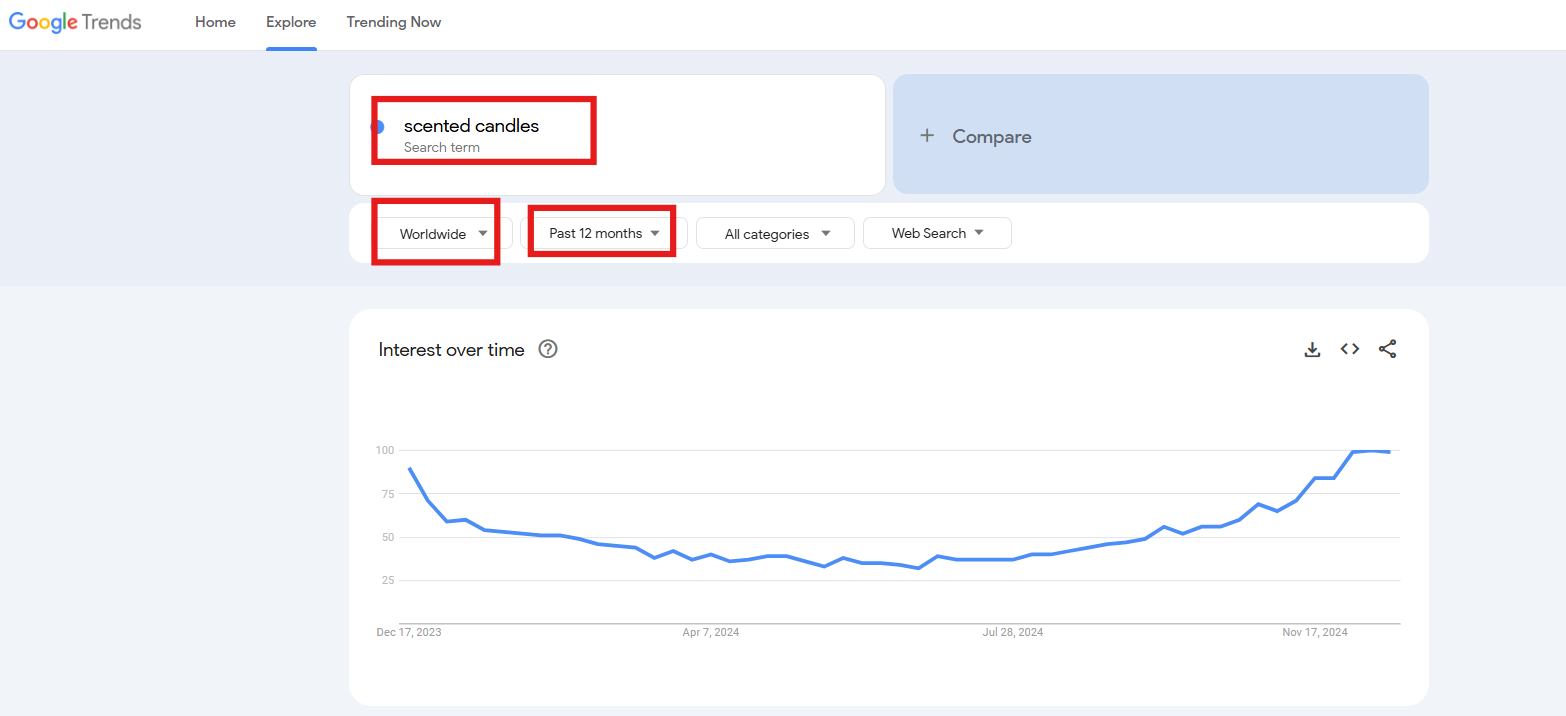
You can also use Sell The Trend or Niche Scraper to analyze the competition and find underserved niches.

Another tip: Avoid overly saturated niches. For instance, I once tried dropshipping phone cases – huge mistake.
Established brands dominated that space. Instead, I pivoted to sub-niches, like eco-friendly or customizable phone cases, which had lower competition but solid demand.
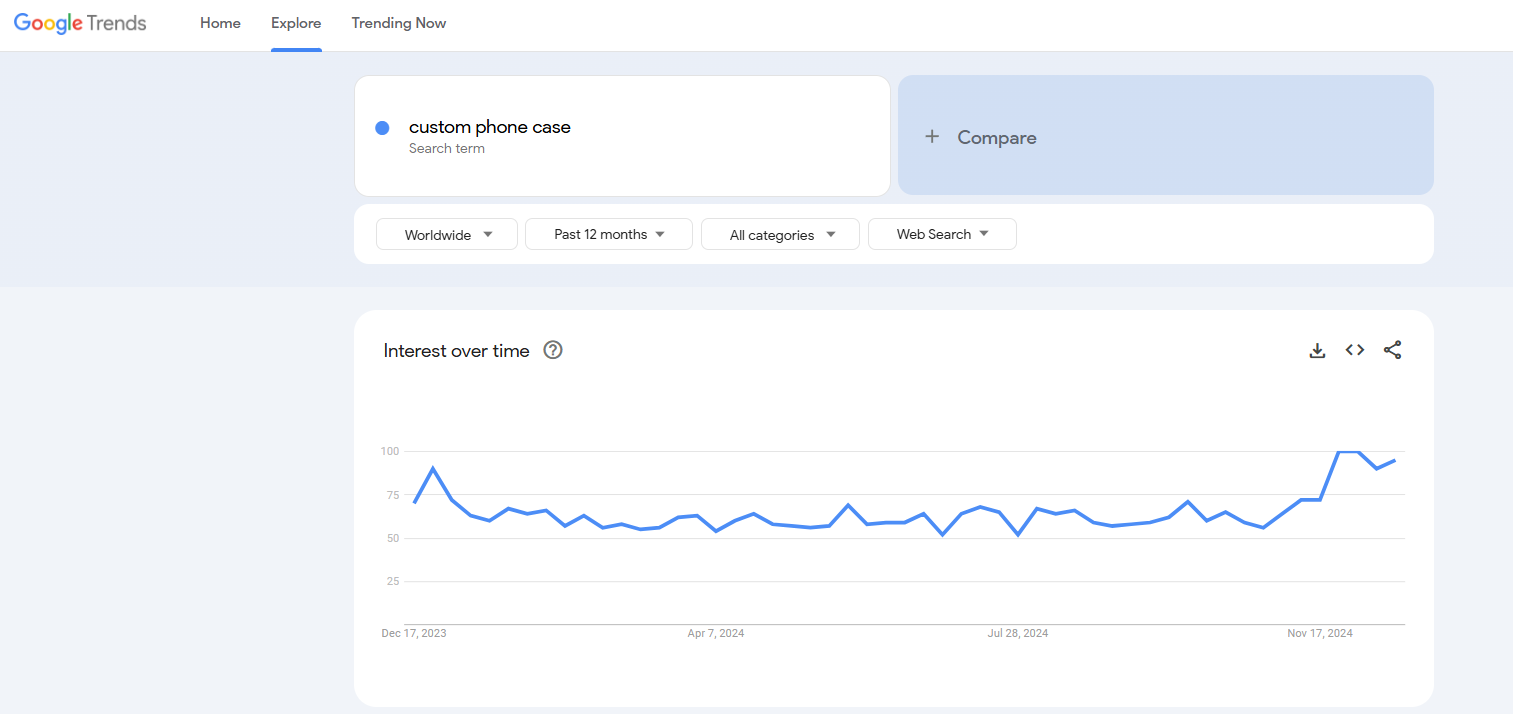
If you’re unsure, start small and test multiple niches. Shopify lets you easily add and remove products. Don’t rush this step – finding the right niche makes all the difference.
2. Supplier Issues
Bad suppliers will destroy your business. Choosing the wrong dropshipping supplier will lead to customers waiting too long for orders, or worse, receiving poor-quality products.
Hence, refunds, complaints, and bad reviews will pile up. This is one of the top reasons why dropshippers fail.
One of my first suppliers promised “fast shipping,” but weeks later, customers were bombarding me with emails asking where their orders were. It killed my reputation, and I knew I needed to fix this quickly.
How I fixed it: I researched suppliers thoroughly before partnering. Platforms like Dropshipping.com and CJ Dropshipping have supplier ratings and reviews – always check them.
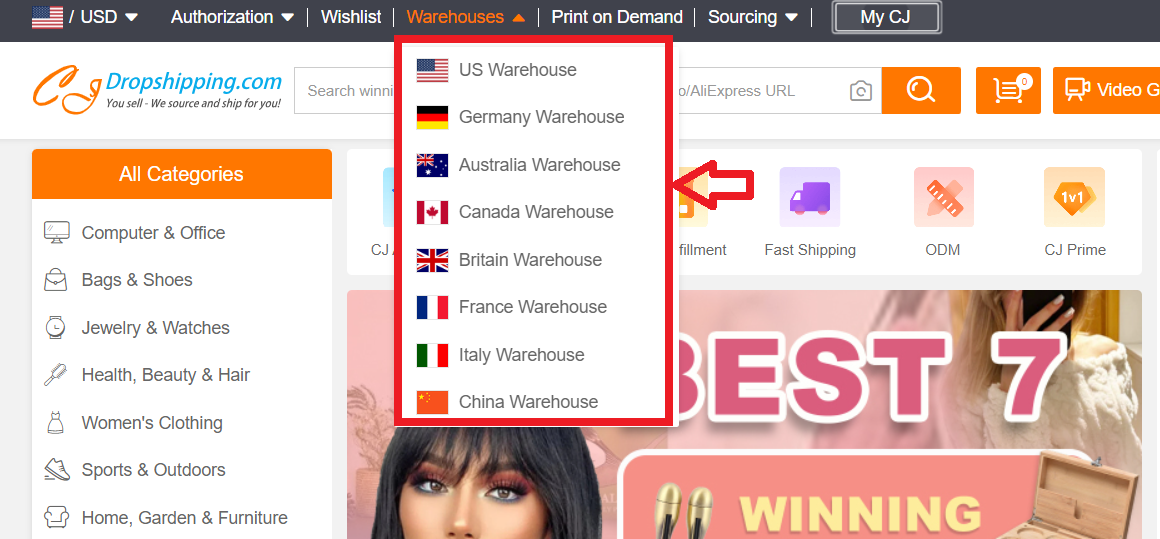
I also use DSers to manage multiple suppliers at once, reducing reliance on just one. For example, I have two backup suppliers for each product. If Supplier A runs out, I switch to Supplier B seamlessly.
You can also use tools like Dropshipping.com supplier directory for suppliers closer to your customers (like, US, and EU-based), cutting shipping times dramatically. Thus, you can sort out your results and list only suppliers in certain locations, shipping costs, product offerings, and more.
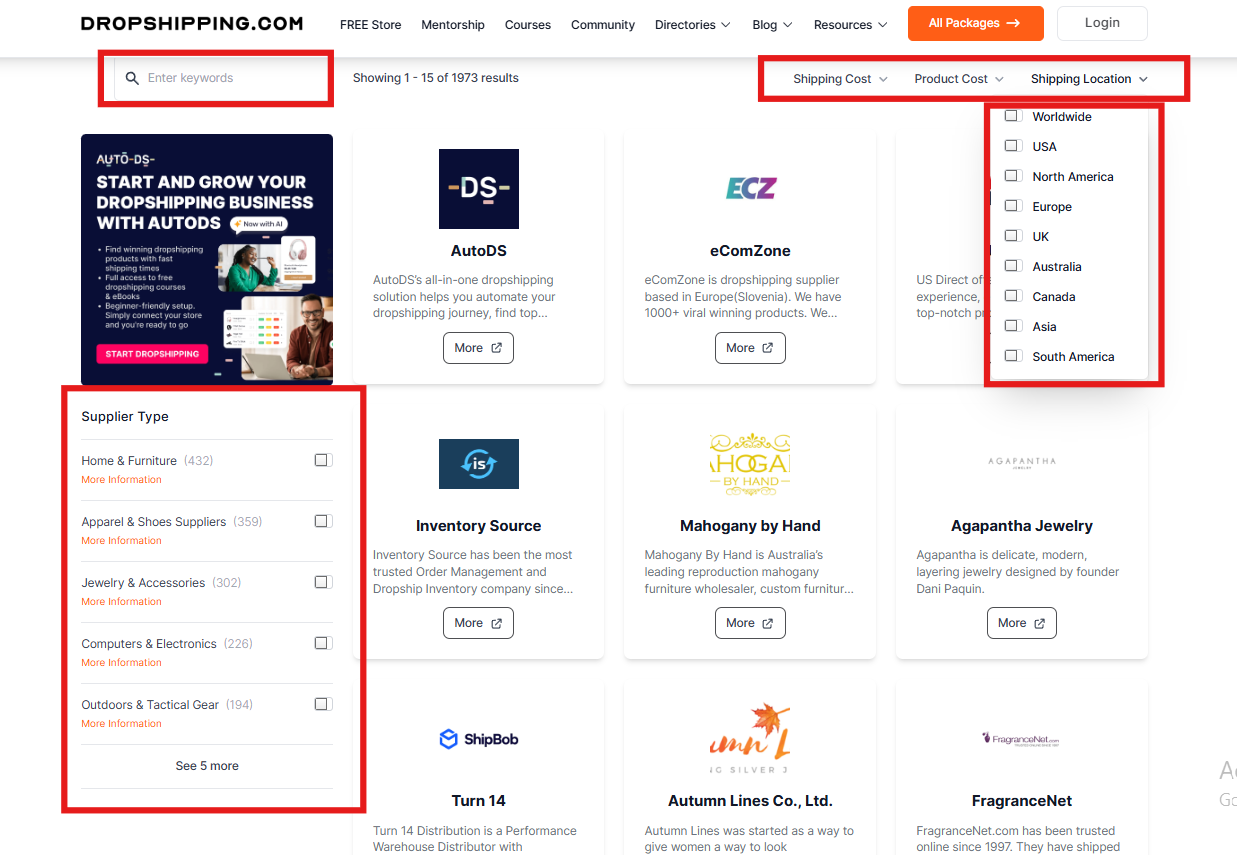
Diversifying your supplier base and testing smaller orders first will protect your business from major disruptions.
3. Marketing and Promotion Challenges
If you just throw up a store and hope for sales, it won’t happen due to ineffective marketing strategies. Random ads and no strategy will get you zero traffic. Plus, this is one of the top reasons why dropshippers fail.
I used to think, “If I set up a store, customers will come.” Nope. I spent months wondering why my traffic was dead. Turns out, marketing isn’t optional – it’s everything.
How I fixed it: First, I focused on SEO by optimizing my product descriptions and blog posts using tools like Yoast SEO (for Shopify and WooCommerce).
For example, I wrote a blog post, “Top 5 Portable Blenders for 2025,” targeting keywords my audience searched for. It brought consistent organic traffic for free.
Beavertown Brewery sets a strong example of a successful blog that merges stunning design with a strategic content approach.
Their blog features a clean, modern layout that is both visually appealing and easy to navigate.

To achieve this, they rely on GemPages page builder, allowing them to craft a customized and engaging experience for their readers.
A standout element of Beavertown Brewery’s blog is its ability to personalize content.
They recognize that existing customers have distinct interests compared to first-time visitors, and they tailor their blog posts to meet these unique preferences, ensuring relevance for every audience segment.
Social Media Ads
Next, I got serious about social media. Hence, Facebook ads, TikTok Ads, and Instagram ads, all have the best targeting options for creating targeted ads.
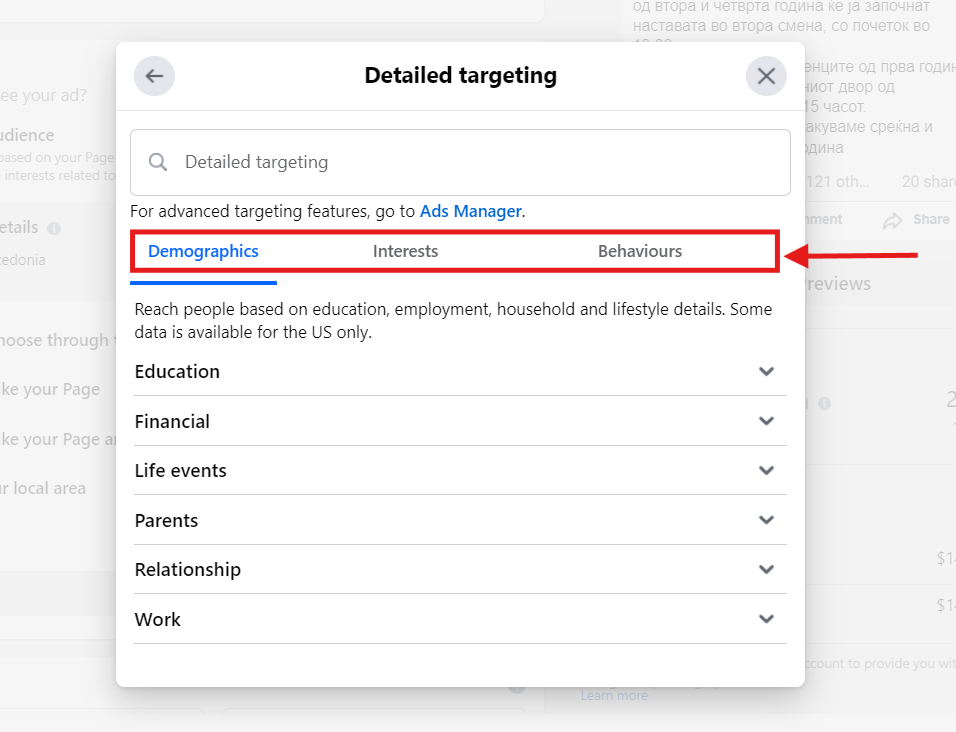
I used Canva to create engaging posts and ran ads targeting specific demographics with Facebook Ads Manager.
Instead of promoting just products, I ran “educational” ads, like smoothie recipes featuring my portable blender.
You can also leverage influencer marketing. Hence, apps like Influencity help you find influencers within your niche who can showcase your products to their followers.
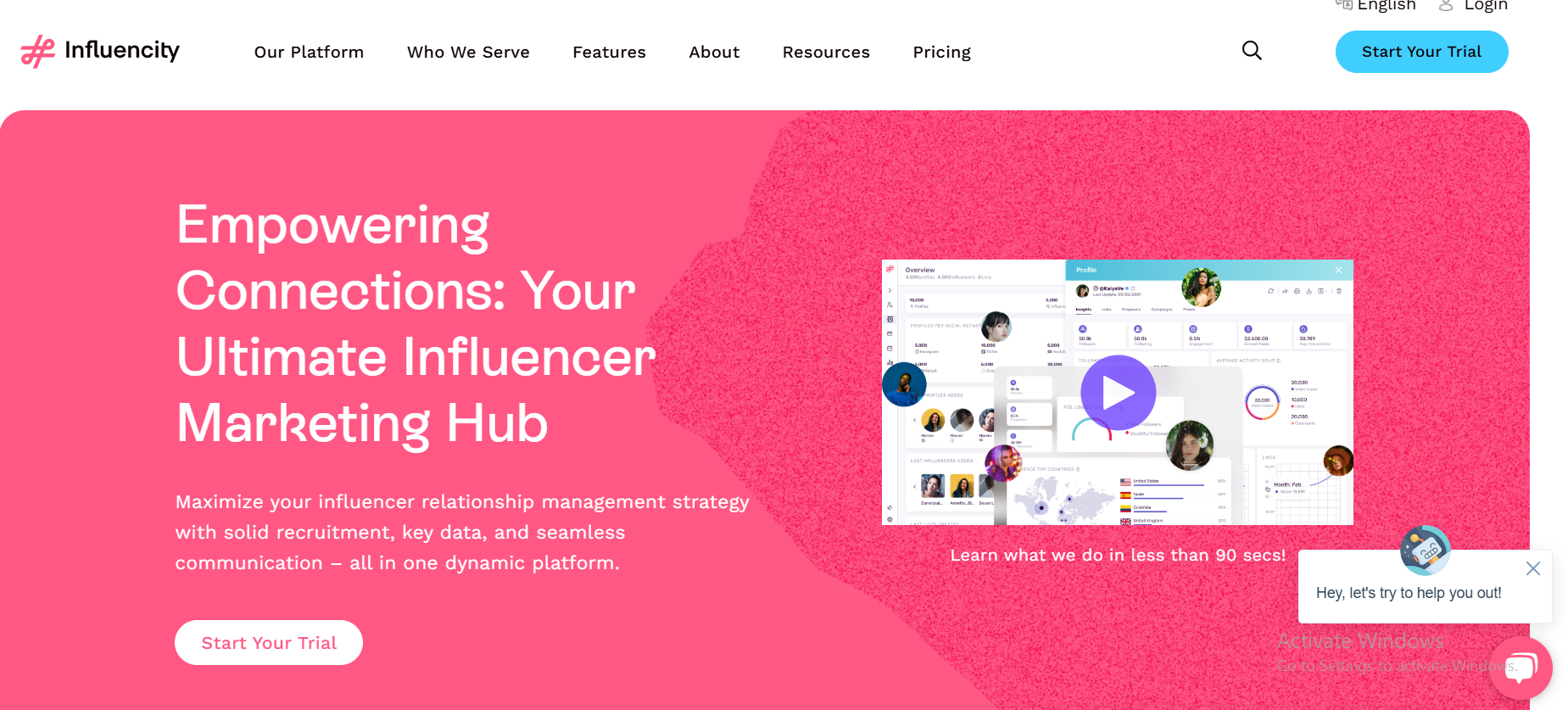
Having a diverse marketing strategy saved my business – and it’ll help yours, too.
4. Customer Service and Experience Issues
Wondering why most dropshippers fail? It’s often because they don’t prioritize customer service.
Bad customer service pushes buyers away fast. Unanswered emails, slow replies, and no updates frustrate customers. They’ll ask for refunds, leave bad reviews, and never come back.
At one point, I ignored customer service, thinking, “I’ll deal with it later.” Big mistake. A single bad experience snowballed into bad reviews, refunds, and frustrated customers. Trust me, word travels fast online.
How I fixed it: I implemented live chat on my store using Tidio. For example, when a customer had questions about shipping delays, I could address them instantly. This small change dropped my complaint rate by 40%.
I also set up email support with Gorgias, which connects all my customer interactions (like emails, chats, and social DMs) in one place. You can even automate responses to common questions like “Where’s my order?”
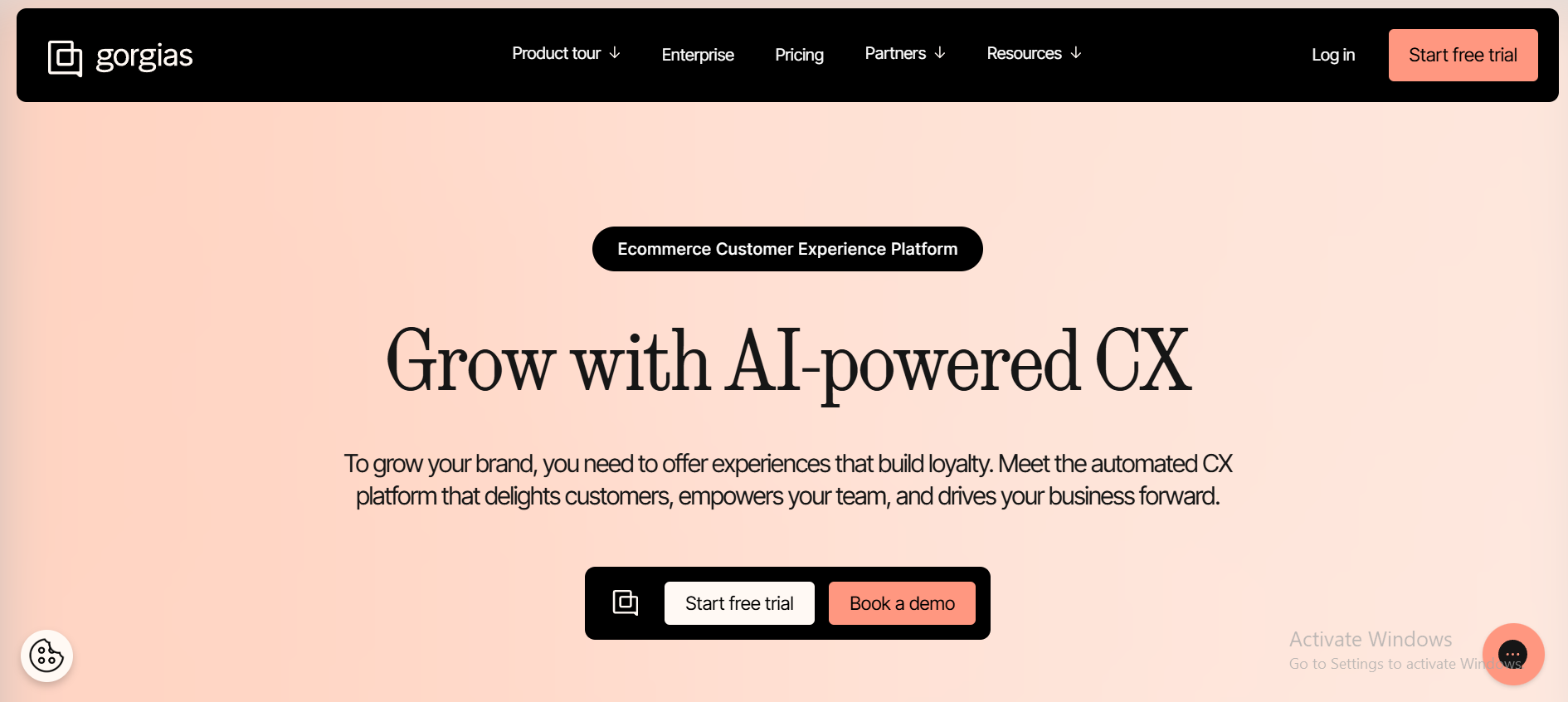
Additionally, I added a simple FAQ page using Shopify’s tools to preemptively address concerns.
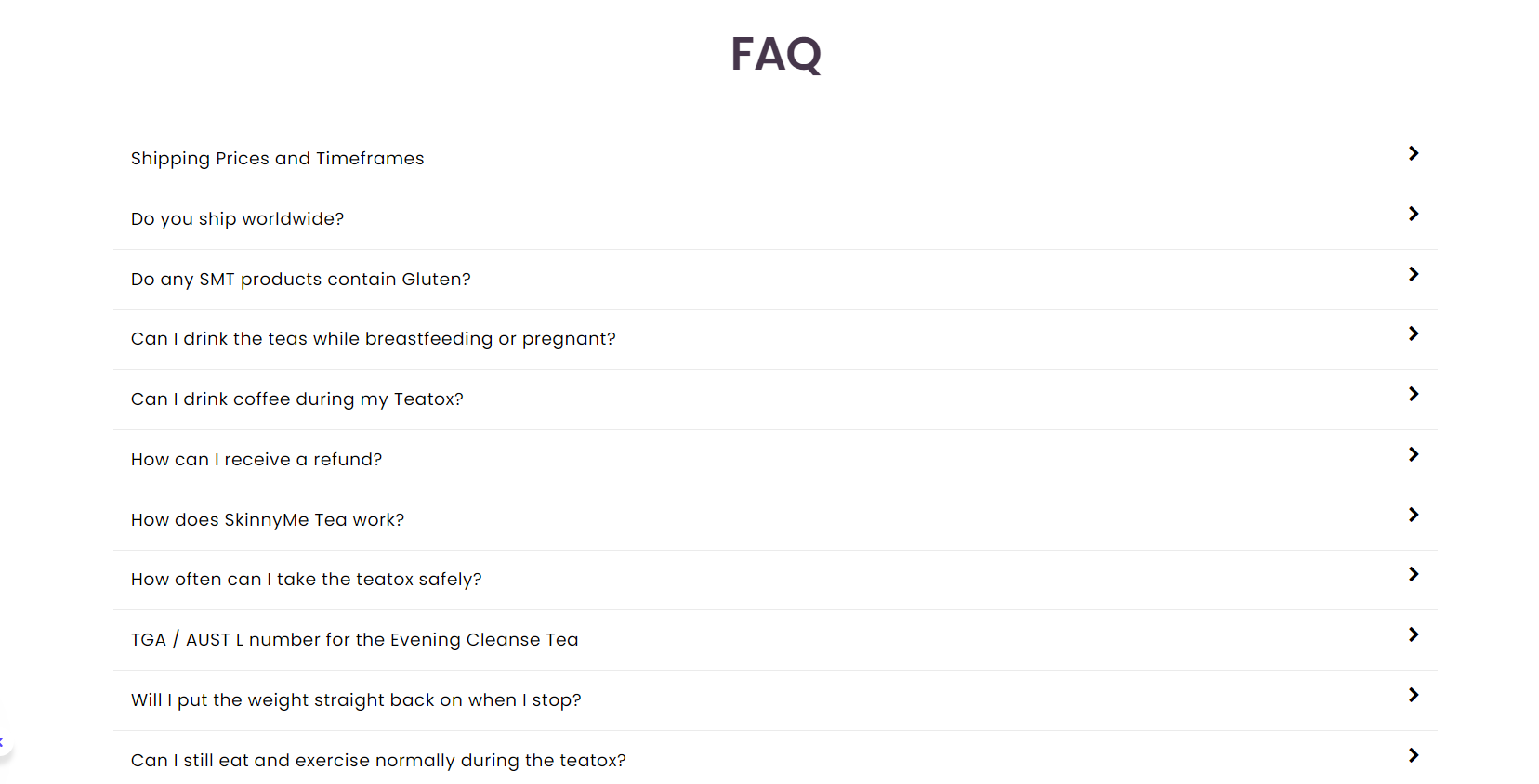
Good customer service isn’t just damage control – it builds trust, earns repeat buyers, and keeps you ahead of competitors.
5. Product Listing Problems
In my early days, I didn’t care much about product listings. I grabbed images from suppliers and used generic descriptions. And, this is one of the top reasons why dropshippers fail.
Weak product listings are a sales killer. Bad images, unclear descriptions, or wrong pricing confuse customers and cause abandoned carts.
I once lost hundreds in refunds because I didn’t highlight key product details.
My conversion rate was awful. Turns out, customers don’t trust what they can’t see or understand.
How I fixed it: I invested time in creating high-quality listings. For example, I used Canva to design clean, professional product images, adding real use-case photos (like someone holding the product).
Plus, Pic Copilot is amazing for handling large photo collections and improving product images.

I also wrote clear, detailed descriptions highlighting benefits, not just features. Tools like Grammarly ensure your descriptions are typo-free. Hence, this is where I got my inspiration from.
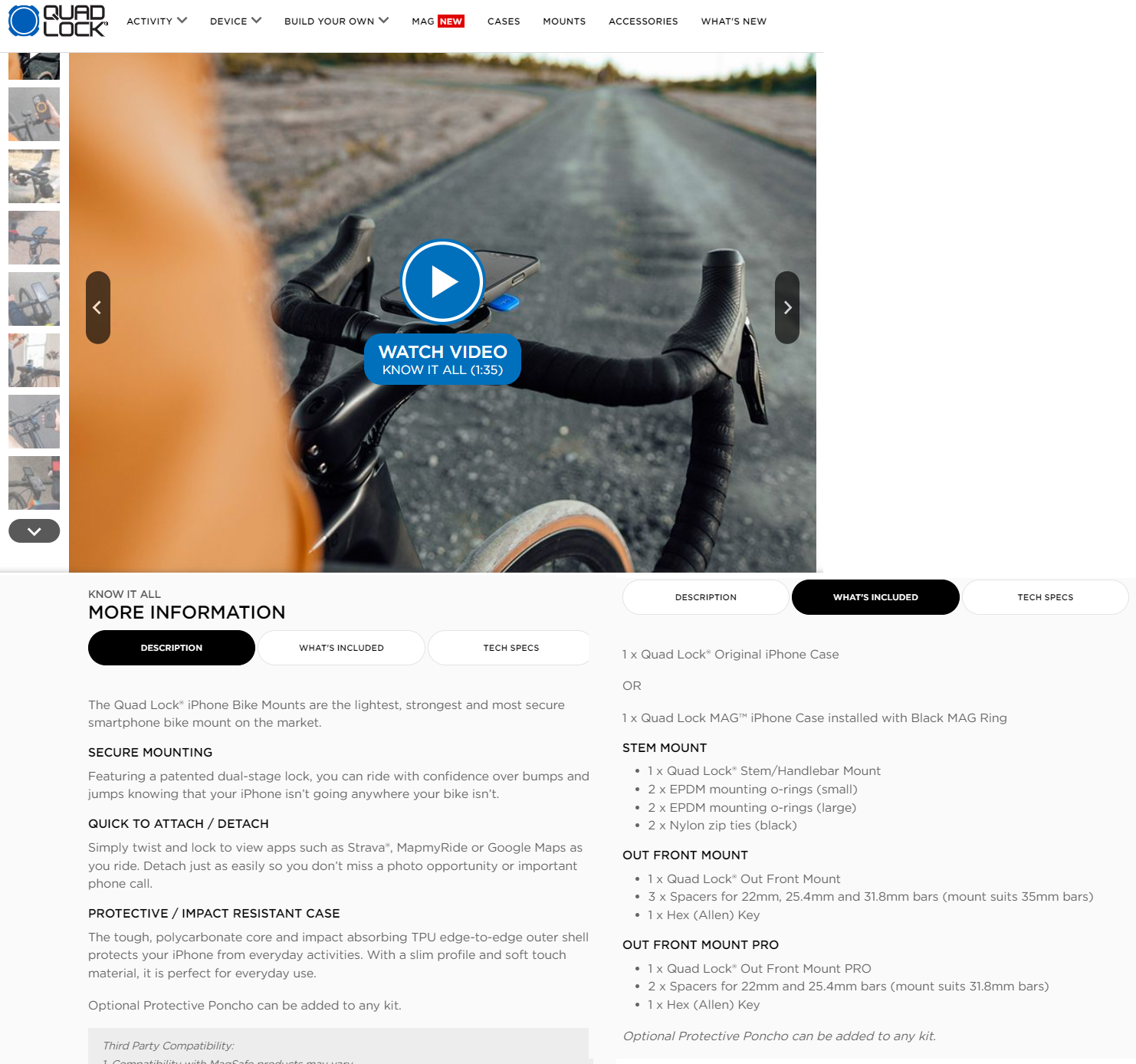
For pricing issues, Shopify apps like Measurement Price Calculator helped me calculate product costs, shipping fees, and markups to maintain profit margins.
For instance, if my supplier price was $10 and shipping was $5, I listed the product at $29.99 to cover fees and leave room for promotions.
I also synced inventory with Inventory Source to avoid overselling. Out-of-stock products frustrated customers, but automation fixed that.
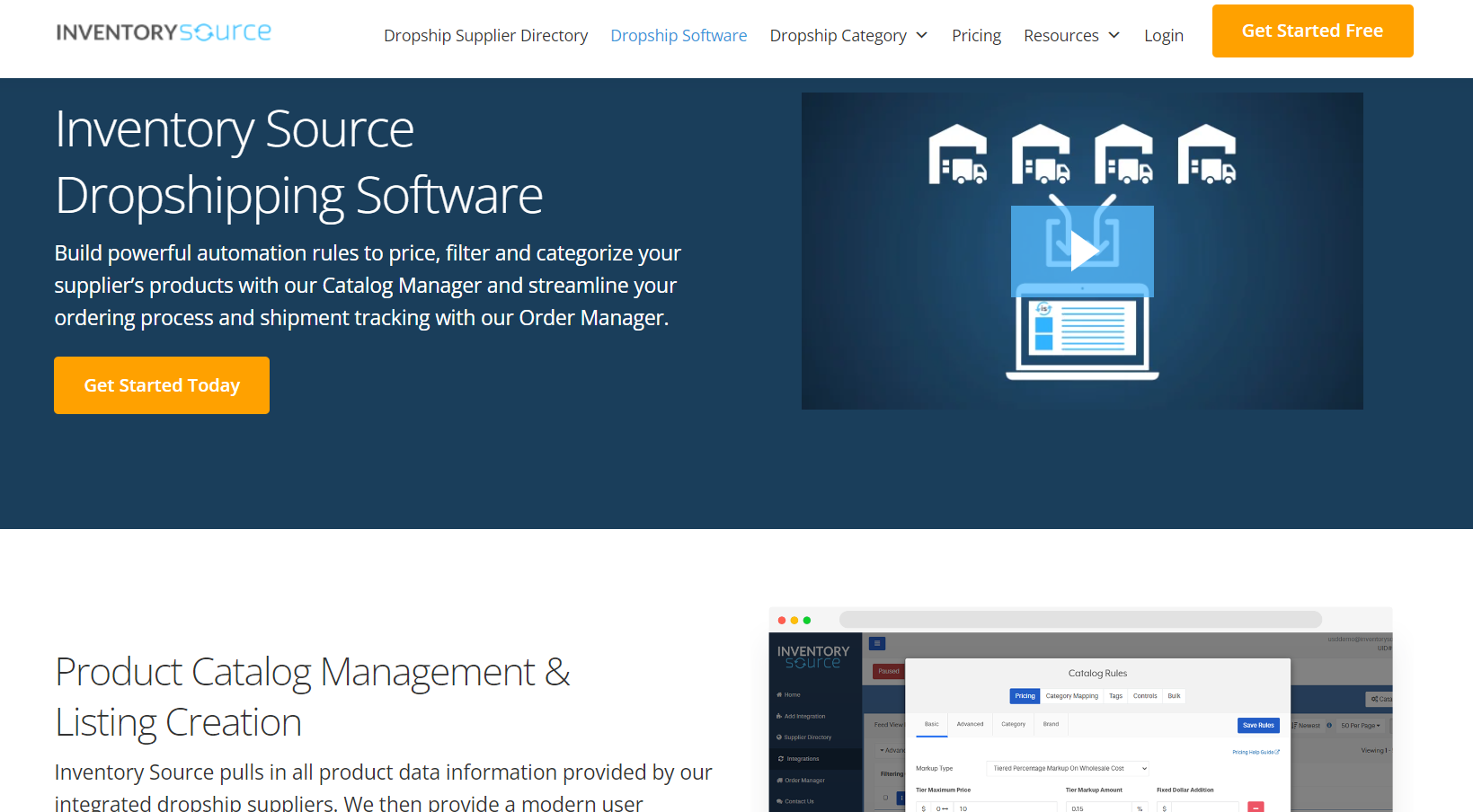
Accurate listings build trust and increase sales – it’s worth the effort.
6. Lack of Research on Dropshipping
When I started dropshipping, I skipped research entirely, not understanding the dropshipping business model. I picked random products I thought would sell, but they flopped. And, this is one of the reasons why most dropshippers fail.
Later, I realized research separates the pros from the amateurs.
How I fixed it:
I started with Google Trends to see the demand for specific products over time.
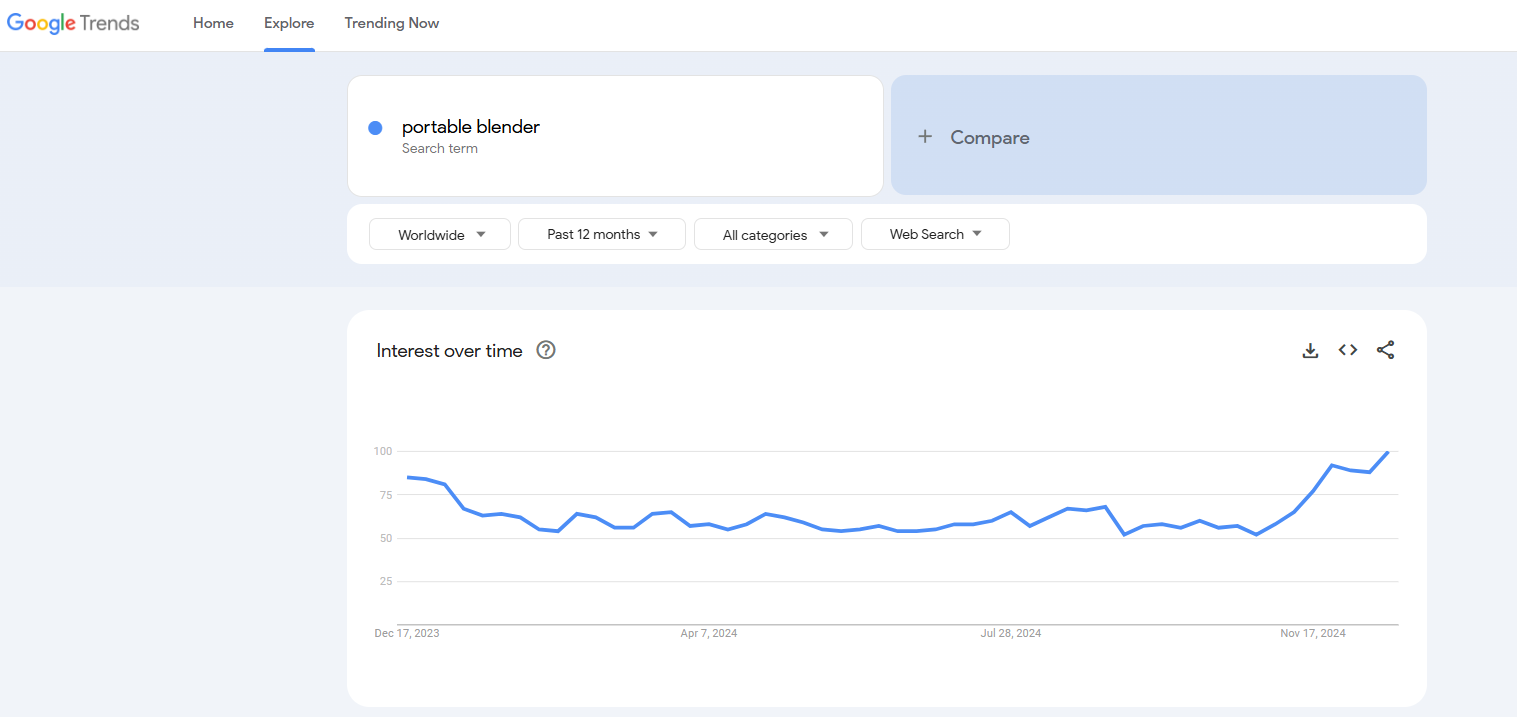
For example, I discovered that demand for “portable blenders” spiked every summer. I also used Sell The Trend to analyze competitor products and sales data – it helped me spot winning products others were selling successfully.

For market research, I tested products with small ad budgets. Tools like AdSpy helped me find Facebook ads from competitors to see what worked. If an ad was getting hundreds of likes and comments, I knew the product had demand.
You can also use AliExpress Dropshipping Center to analyze products based on order volume. Knowing what’s trending and what customers want prevents you from wasting time and money on the wrong products.
7. Overlooking the Importance of a Business Plan
When I started my online business with dropshipping, I skipped making a business plan. I thought, “Just add products, and the sales will roll in!”. Hence, I got lucky, but most dropshippers fail because of this.
Trust me, it doesn’t work that way. Without a clear plan, I ran into unexpected costs and wasted time chasing random ideas with no direction.
Here’s how I fixed it: I created a simple one-page plan to outline my niche, expenses, target audience, and revenue goals.
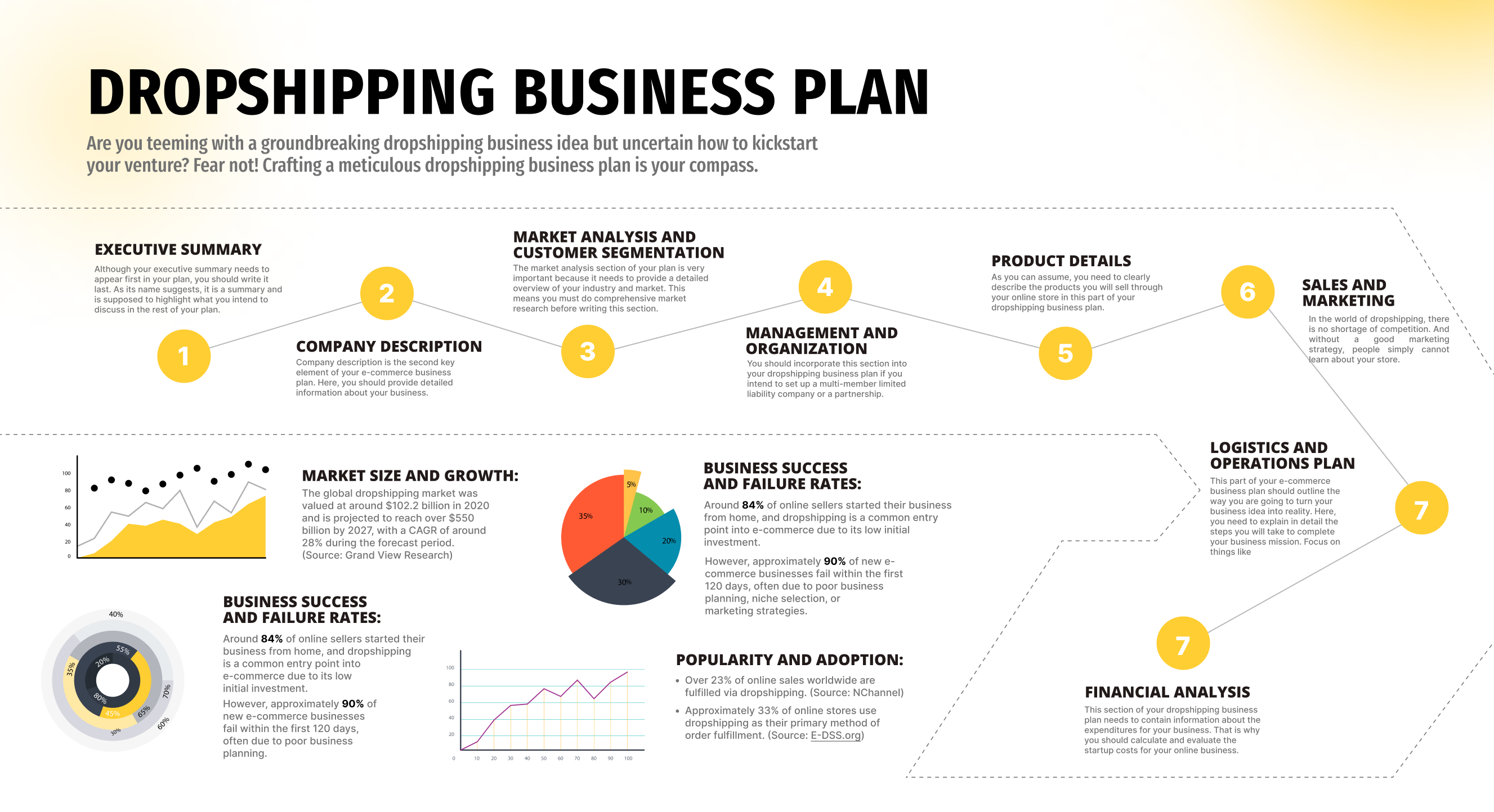
You can use tools like Trello or Notion to organize this easily. For instance, I added categories for marketing, supplier costs, and daily tasks.
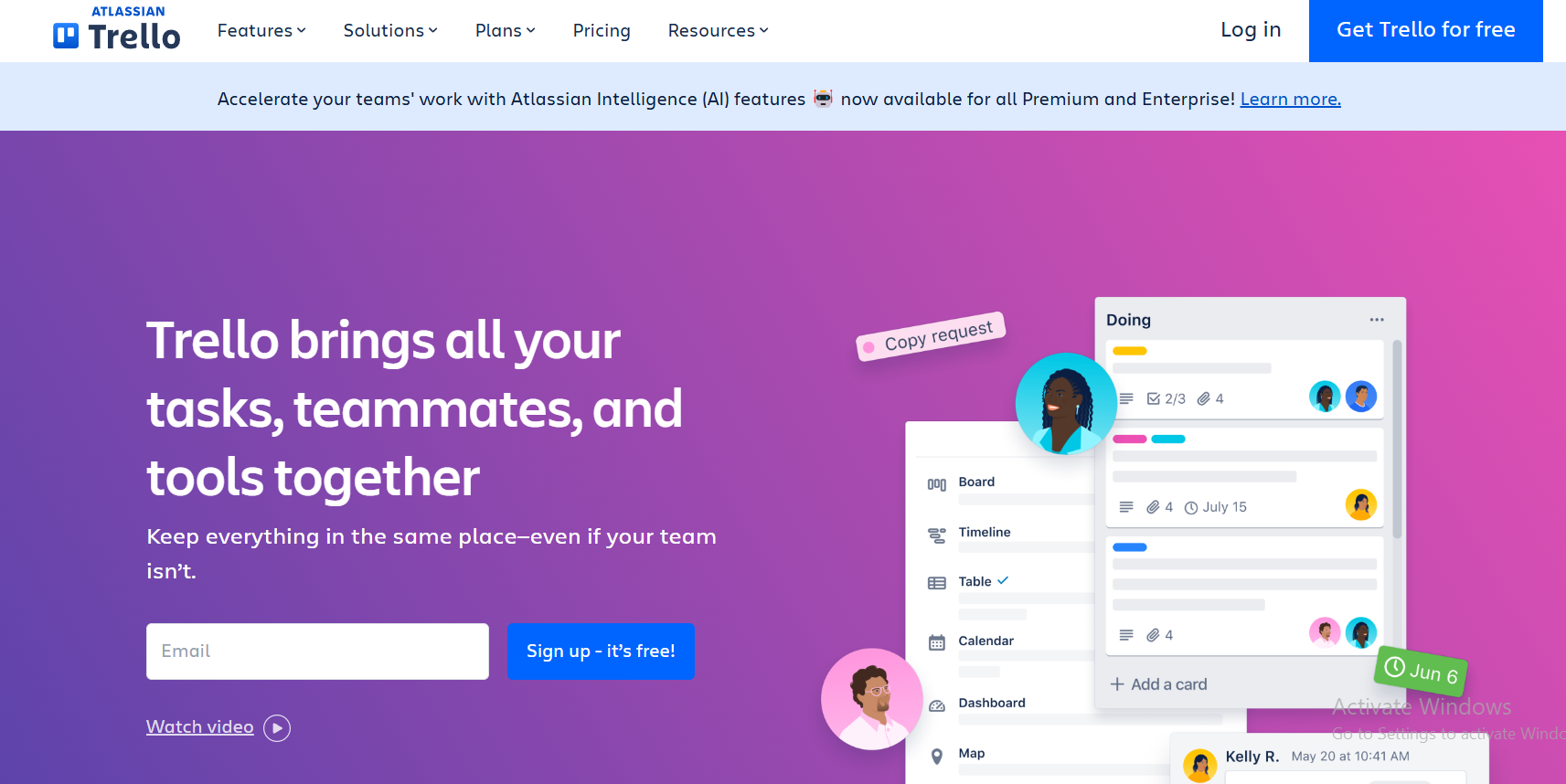
To track finances, QuickBooks helped me monitor my income and expenses. Having this clarity felt like running a real business, not just a hobby.
8. Ignoring Cash Flow Management
If you don’t watch your money, you’ll run out when you need it most. I couldn’t pay suppliers during a surge of orders because I didn’t plan ahead. In fact, most dropshippers fail because of this.
At one point, I was getting orders but couldn’t pay my suppliers upfront. Sound familiar? Poor cash flow almost shut me down. Dropshipping works on thin margins, so running out of money is a real risk.
Here’s how you can manage it: Start by using apps like BeProfit to monitor your profit margins and cash flow in real time.

For example, it automatically tracks expenses like shipping and ad costs so you know where every dollar goes.
You can also set aside 10% of your income as an emergency buffer. If cash flow becomes tight, tools like PayPal Working Capital or Shopify Capital can give you access to quick funding to keep operations running smoothly.
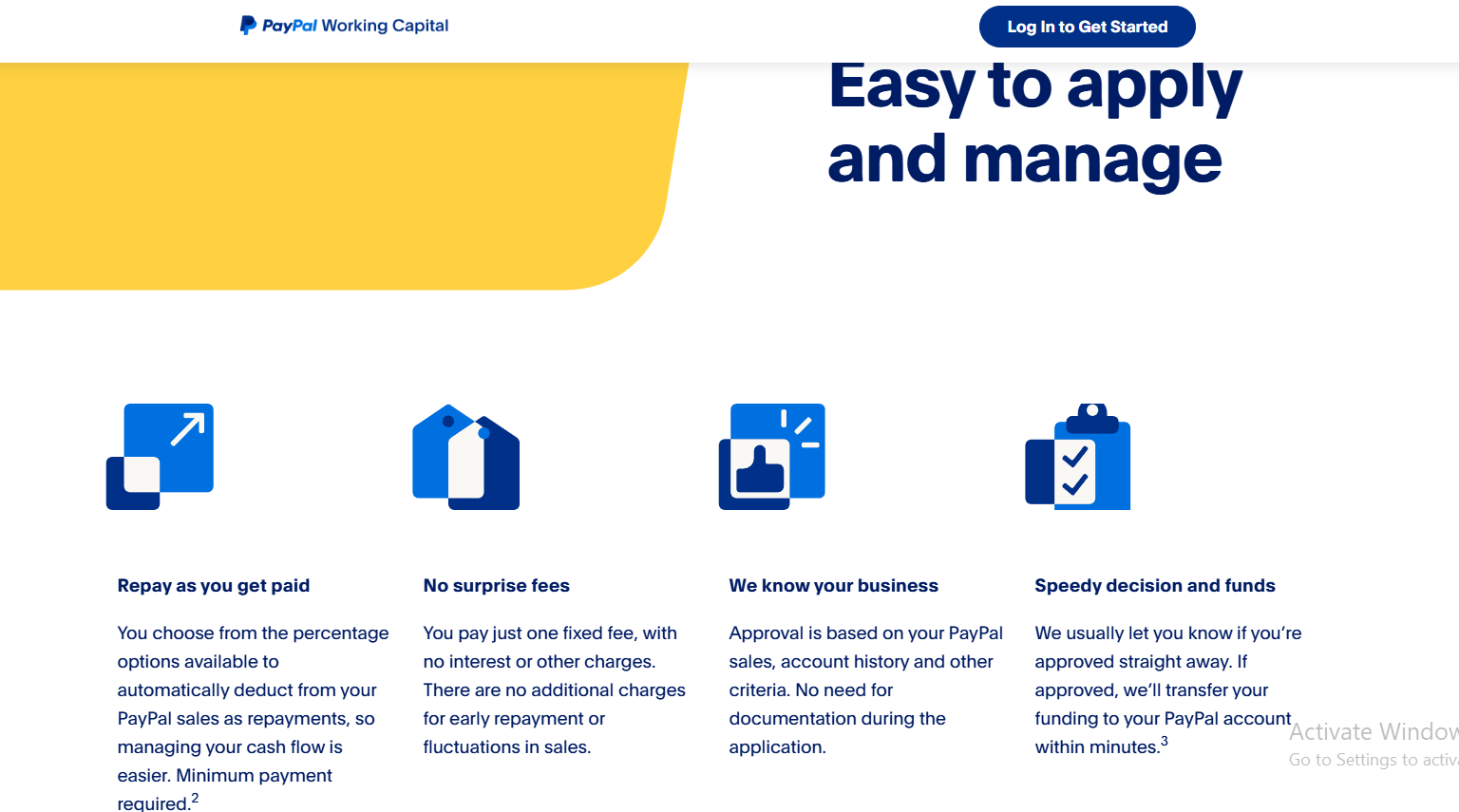
9. Relying Too Heavily on Paid Ads
Relying only on ads is risky. If they fail or get too expensive, your sales drop to zero. And, this is why most dropshippers fail nowadays.
Diversifying your marketing strategies with search engine optimization (SEO) can help reduce reliance on paid ads. This happened to me when a Facebook ad flopped.
I used to put all my money into Facebook Ads and expected overnight success. Big mistake. Relying only on paid ads will drain your budget if you’re not careful.
For instance, I once spent $300 on an ad campaign that brought zero sales because I didn’t test the audience.
Here’s what worked for me: I started diversifying my traffic sources. You can use tools like Ahrefs, or SEMrush to find keywords for SEO-friendly blogs and product pages.
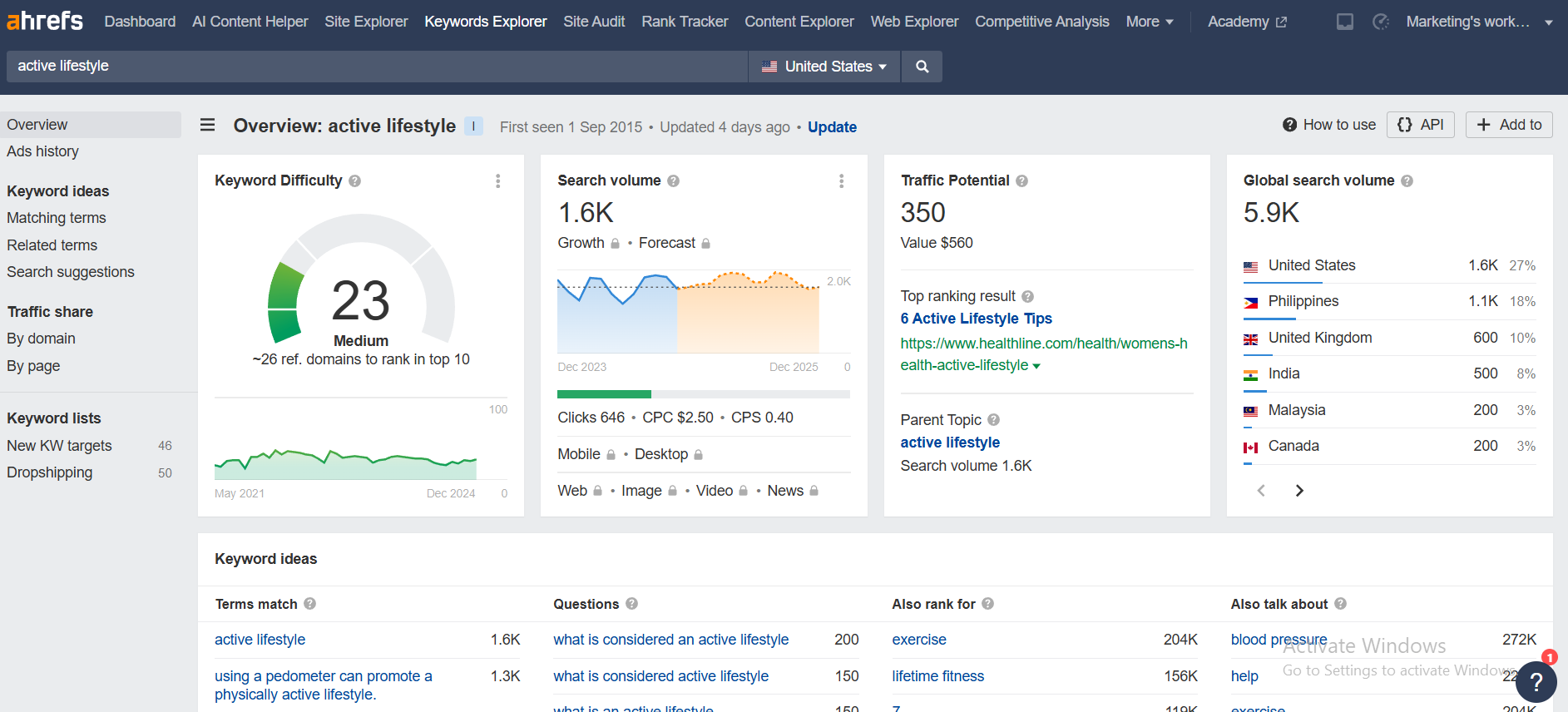
For example, I wrote a blog about “active lifestyle,” optimized it with trending keywords, and it brought in free organic traffic.
On social media, I partnered with micro-influencers using platforms like Influencity or Upfluence. By balancing organic traffic with paid ads, I reduced costs and made sales more consistent.
10. Neglecting Customer Retention
At first, I focused only on getting new customers. I didn’t realize how important it was to keep the ones I already had. For example, I lost repeat sales because I never followed up with buyers after their first purchase.
To fix this, I used Klaviyo for email marketing. You can set up automated emails to thank customers, offer discounts, and remind them of their abandoned carts.

For instance, one simple “Hey, come back for 10% off” email brought me 15 extra sales in a week!
I also launched a loyalty program using Smile.io. Customers started coming back because they earned points with every purchase.
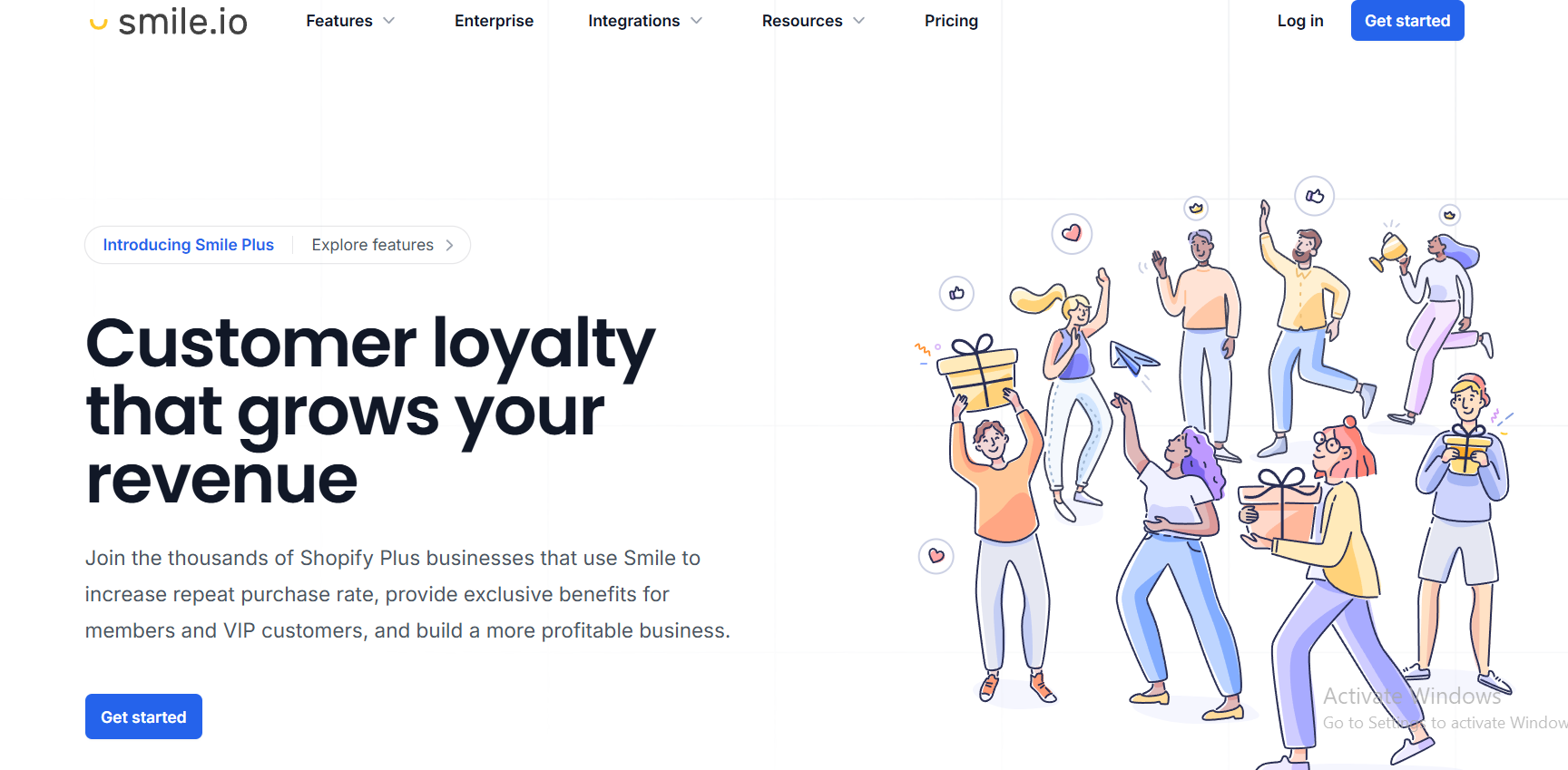
The tool that helped me most here was focusing on the customer experience, which made my brand stand out.
11. Lack of Patience and Unrealistic Expectations
When I first started dropshipping, I fell into the “get rich quick” trap. I saw YouTubers promising $10K in months, so I thought I’d hit that number fast. Reality check? I made $50 in my first month. I almost quit. Hence, most dropshippers fail ad quit because of this.
However, here’s what I learned: Success takes time and testing. You need to try different products, ads, and strategies before finding what works.
For instance, I found portable blenders were trending in summer, so I added them to my store and promoted them on Instagram. By staying patient, testing, and learning, I finally started to see consistent results.
Here’s the updated version with inflated shipping costs written in the same conversational style with examples, tools, and transitions:
12. Ignoring Inflated Shipping Costs
Inflated shipping costs can sneak up on you and eat away at your profits before you realize it. I’ve dealt with suppliers who weren’t transparent about their shipping fees, leaving me scrambling to understand where my margins went.
And, believe most dropshippers fail and never come back because of the shipping costs.
Here’s what to look out for:
If a supplier avoids giving you clear quotes or redirects you to vague terms, that’s a big red flag. I once worked with a supplier who kept giving me roundabout answers about shipping rates.
It turned out they were overcharging me compared to market averages.
Another sign is inconsistency. If shipping costs suddenly double with no explanation, it’s time to dig deeper.
For example, I noticed one supplier charging $15 for shipping a product when similar suppliers quoted $7. By asking for a detailed breakdown of costs and presenting better quotes, I was able to negotiate the rate back to a reasonable level.
How I fix it?
I started comparing rates from multiple suppliers using tools like the Dropshipping.com Supplier Directory to benchmark shipping costs.
This gave me leverage when negotiating better rates. I’d tell suppliers, “I’m seeing significantly lower quotes elsewhere – can you match this?” A good supplier will either explain the discrepancy or lower their prices.
To stay on top of costs, I use tools like ShipStation. It helps manage shipping processes by comparing rates, automating orders, and integrating with carriers like USPS, FedEx, and UPS.
For instance, I set up automation rules to always choose the cheapest shipping option without sacrificing delivery times.
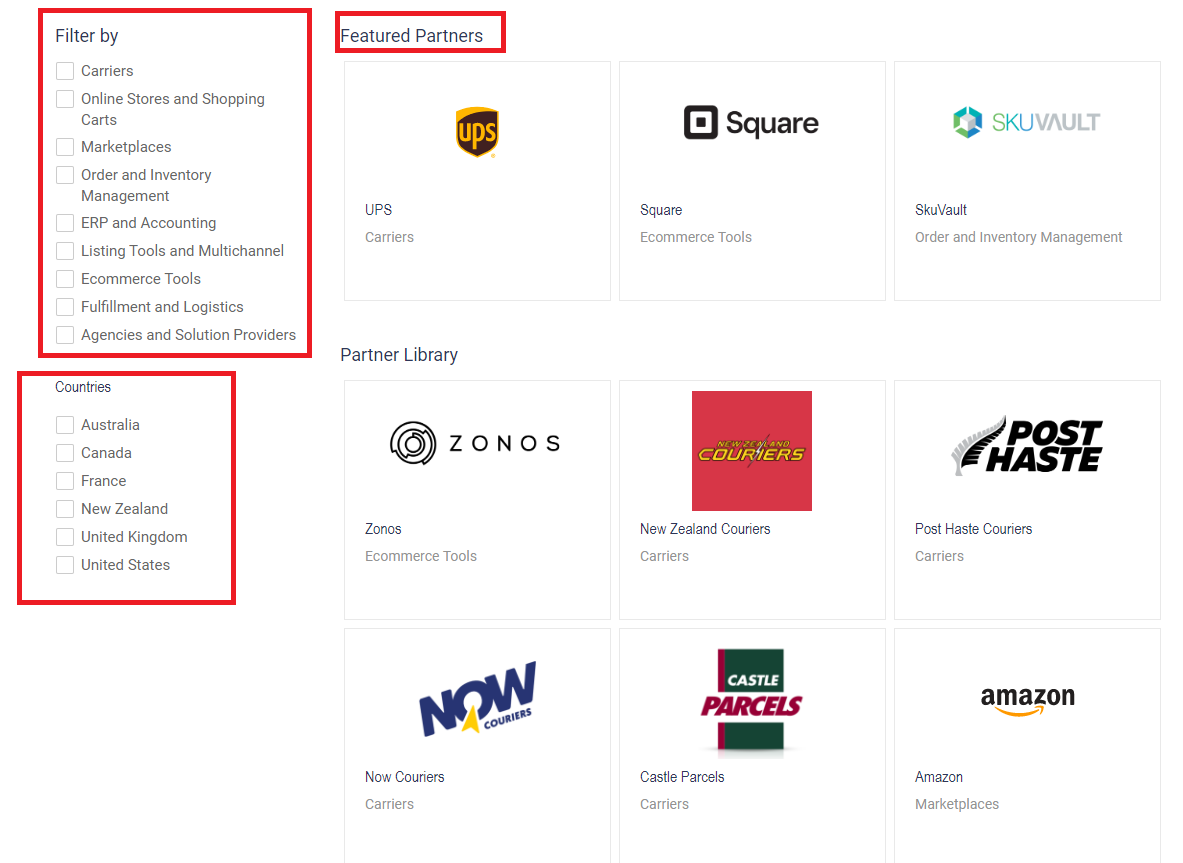
If a supplier won’t budge or remains unclear, don’t hesitate to move on. Shipping transparency matters and inflated costs will destroy your margins.
Top 7 Strategies for a Successful Dropshipping Business [How To Make It Work?]
1. Conduct Thorough Market Research and Analyze Competition
When I started dropshipping, I had no idea how important it was to research trends and analyze competitors. And, most dropshippers fail because of not paying attention to market research.
Analyzing successful dropshipping businesses can provide insights into what works and what doesn’t.
I picked products randomly, hoping they’d sell, but my sales were dead on arrival. I soon realized that market research is the foundation of success.
The first step to finding winning products is understanding what’s hot in the market. Tools like Google Trends make this super simple. Enter keywords, set filters like location or time frame, and instantly see consumer demand.
For example, searching “scented candles” reveals seasonal spikes and where interest is highest. This lets you target the right audience and focus your marketing on regions with high demand.
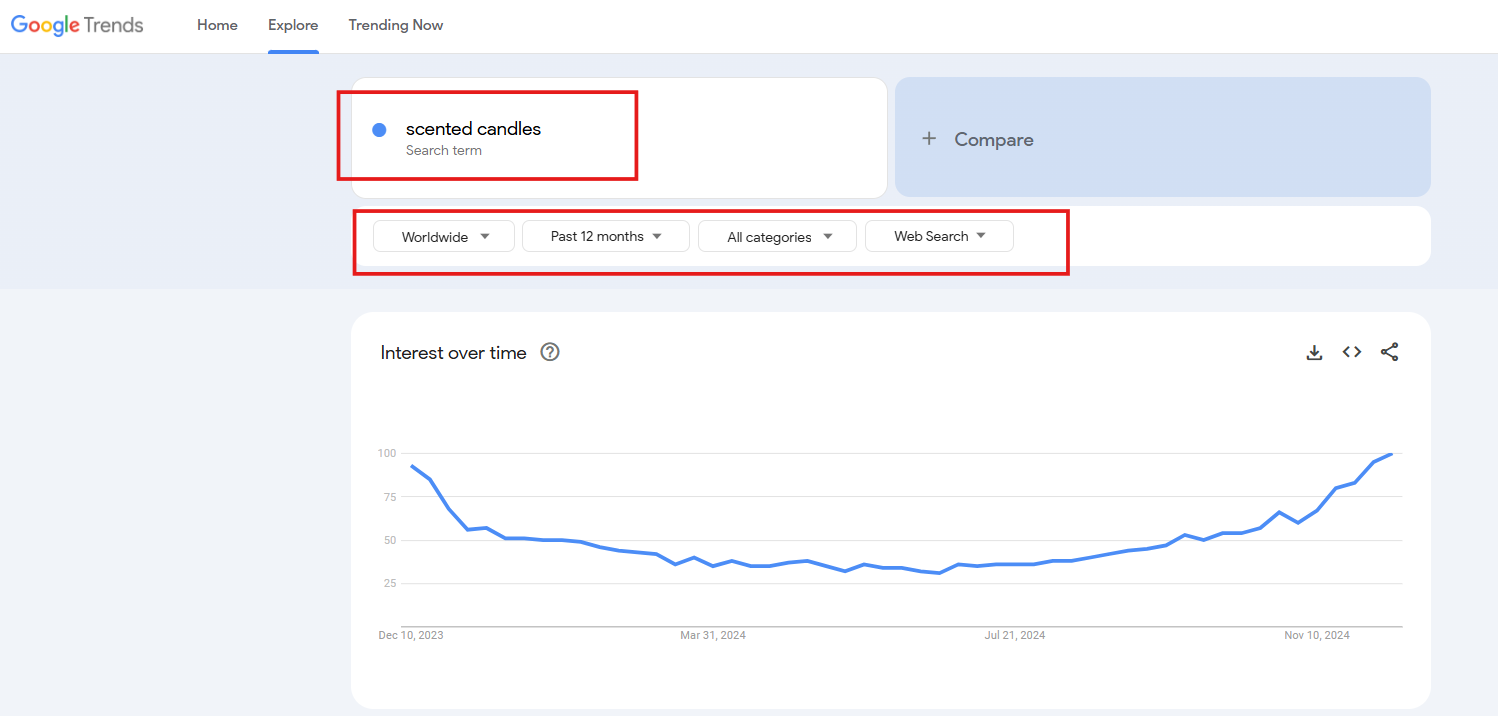
Google Trends also shows related topics and search queries, so if you’re dropshipping candles, you might discover a rising interest in “eco-friendly candles” or “soy wax candles,” giving you fresh product ideas.
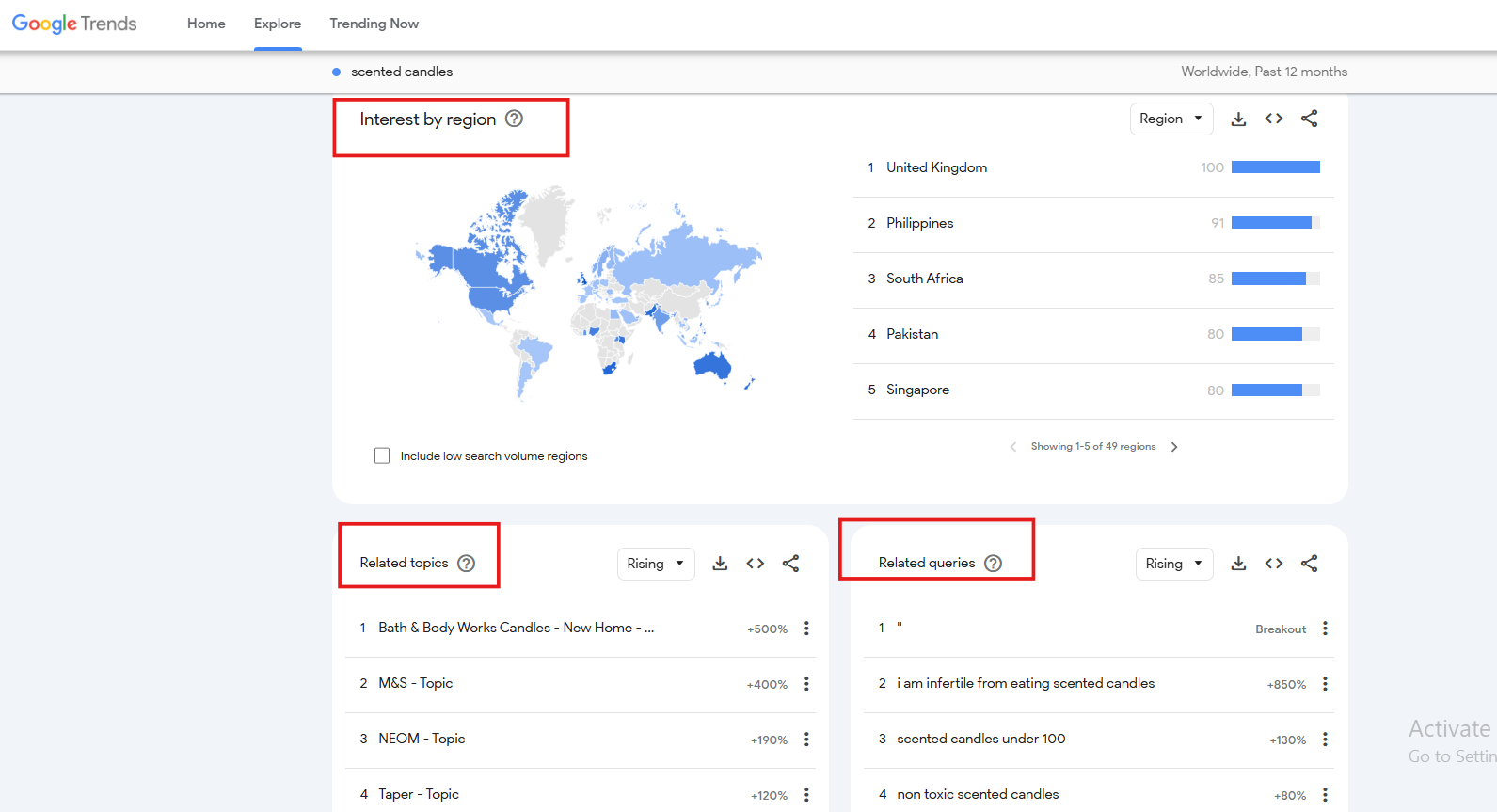
Once you identify trends, pair them with sales data and track key metrics. Platforms like Shopify Analytics and tools like Google Analytics give you valuable insights into conversion rates, AOV, CLV, etc.
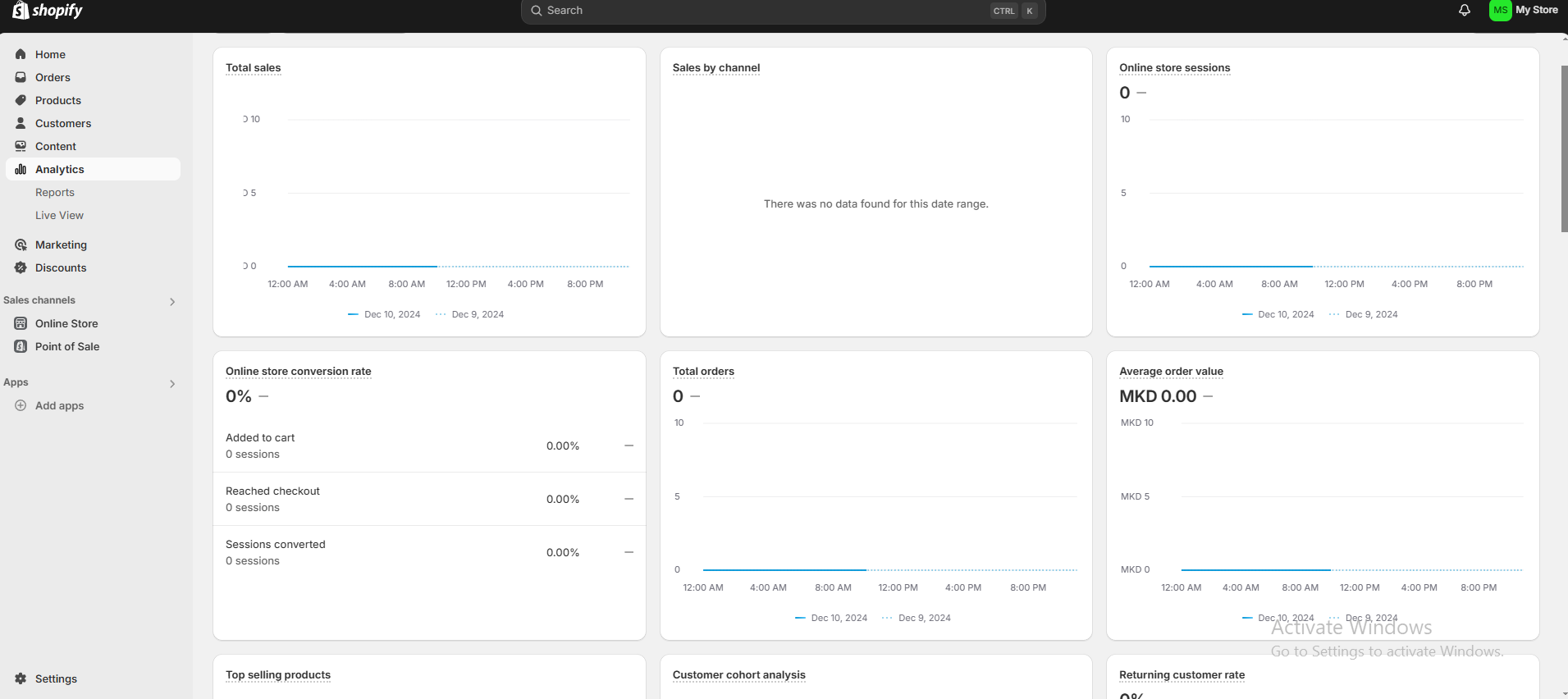
For deeper insights, use tools like Hotjar to track how customers interact with your store. Combine trend analysis with these metrics to refine your strategy, spot opportunities, and maximize sales.
Spy On Competitors
To spy on competitors’ ads and see what’s working, I turned to the Meta Ads Library. For instance, I looked up ads in my niche to see their target audience, ad creatives, and engagement.
If I noticed a competitor’s ad with thousands of likes and comments, I knew the product was in demand.
This step helped me choose products with strong demand and set clear benchmarks for my ads. It’s all about analyzing what’s working – and making it work better for you.
2. Choose a Profitable Niche with High Demand and Low Competition
At first, I jumped into crowded niches without thinking. I picked fitness gear, only to realize I was up against massive brands. That’s when I learned to spot underserved but profitable niches. So, this is one of the most common reasons why dropshipping businesses fail.
How I fixed it: TikTok became a goldmine for me. I started exploring hashtags like #TikTokFinds, or #AmazonFinds to discover viral products.
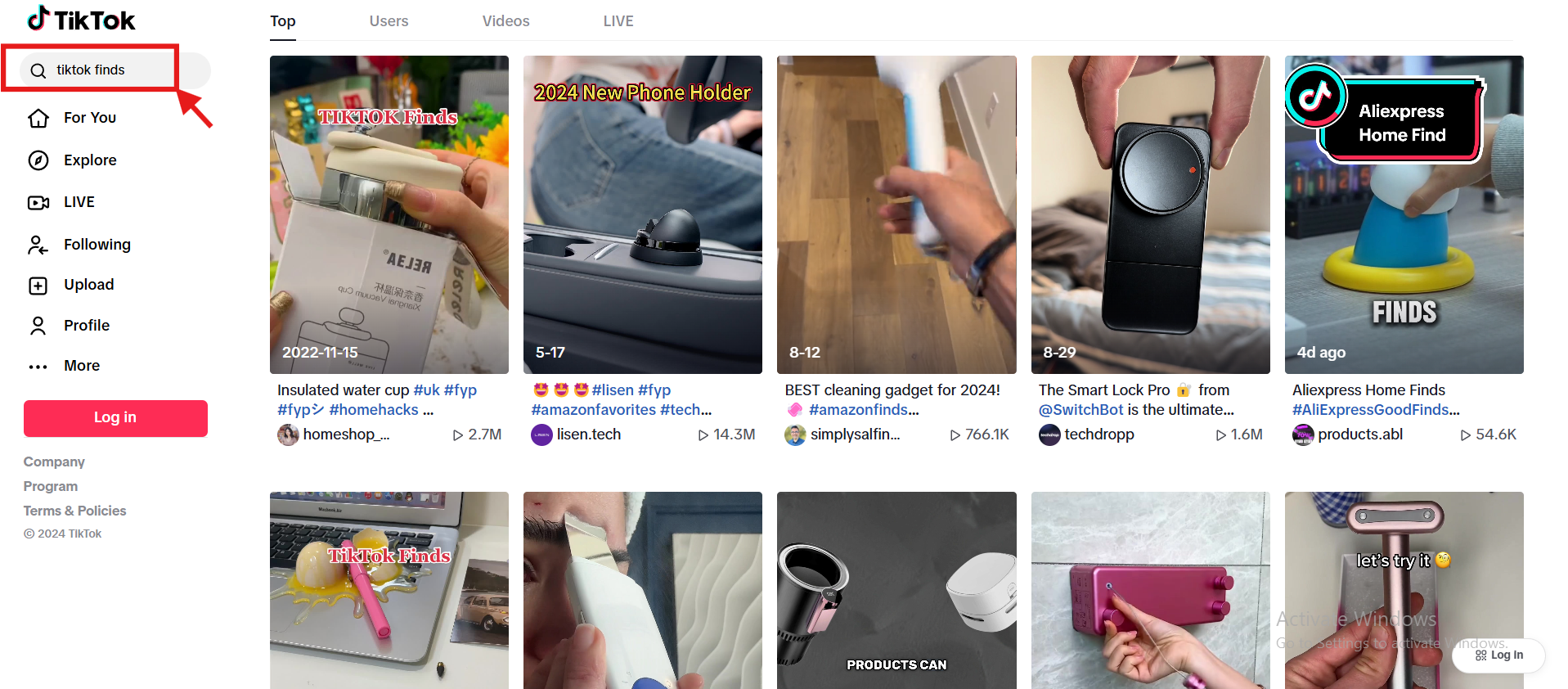
For example, I noticed compact portable blenders trending, and videos were racking up millions of views. I used Minea to confirm the demand, checking customer engagement and sales data. Seeing the numbers gave me confidence that the product would sell.
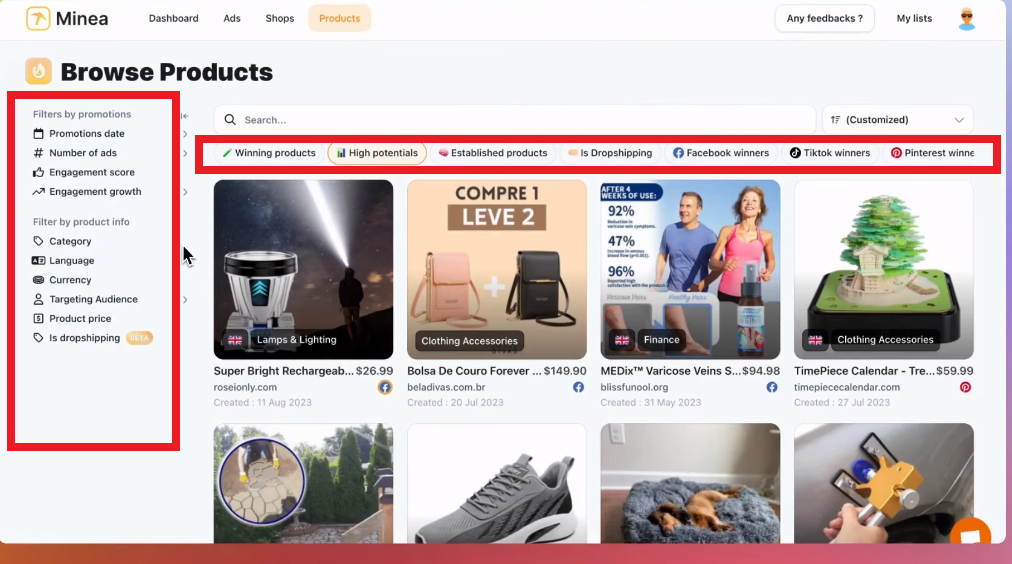
The key is to combine TikTok trends with solid research. Use Dropshipping.com’s Supplier Directory to find reliable suppliers for trending products.
For example, I found a supplier offering portable blenders at a competitive price with quick shipping options. TikTok drives demand, and tools like Minea and Dropshipping.com help you validate that demand.
3. Select a Reliable Supplier with High-Quality Products and Timely Shipping
A bad supplier can ruin your business. I remember working with one who claimed “fast shipping,” but customers waited over a month for their orders. Refund requests flooded in, and my store’s reputation tanked.
How I fixed it: I switched to the Dropshipping.com Supplier Directory to find vetted, reliable suppliers with high-quality products. For example, I sourced products from US and EU-based suppliers, which cut shipping times down to 3-7 days.
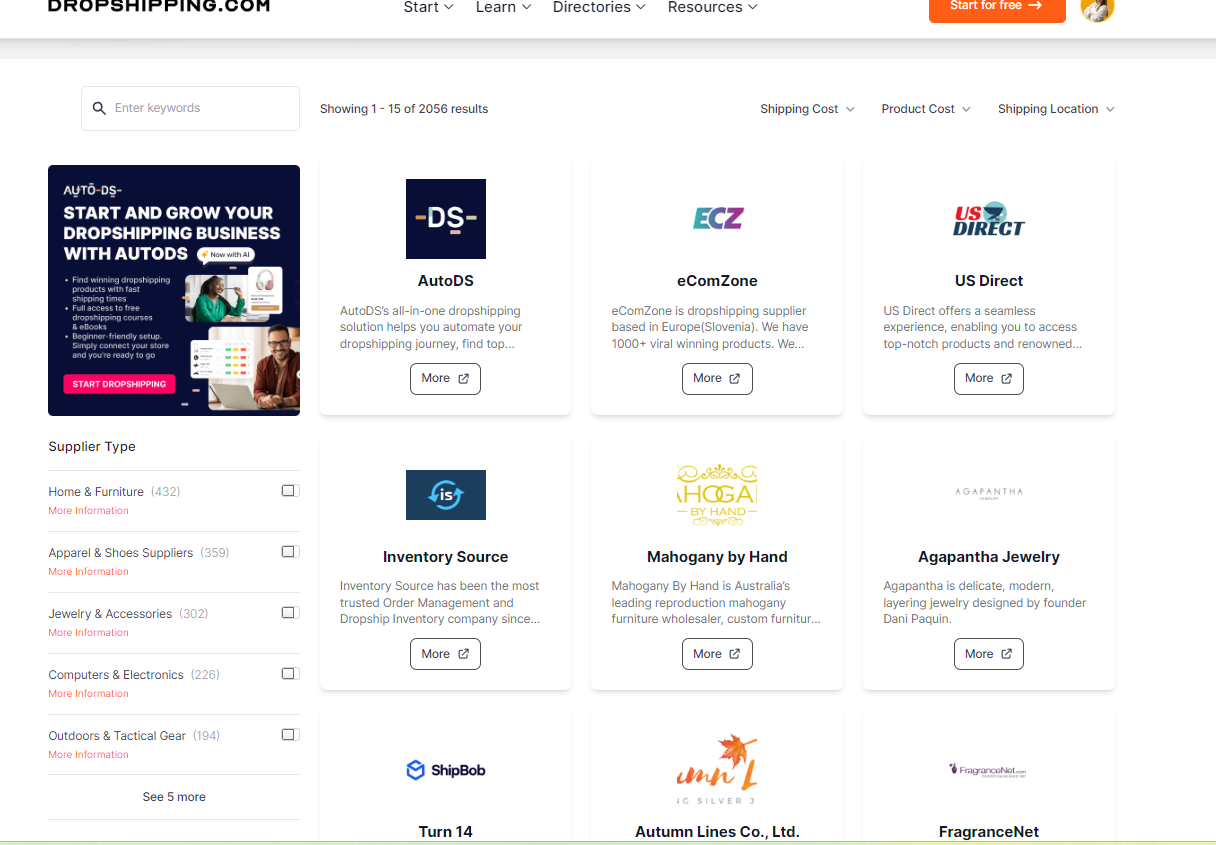
Here you can find data about each supplier, like product offerings, minimum order quantities (MOQs), supplier locations, product costs, shipping costs, order processing time, and more.
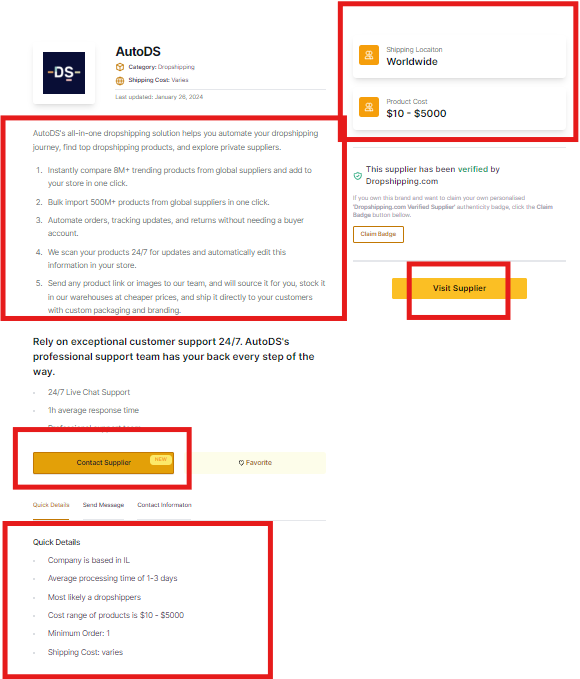
I also started using AutoDS to automate my order fulfillment process. AutoDS syncs your product listings and updates stock in real time, so you avoid overselling.
Another tip: Always order sample products before partnering with a supplier. Check the product quality, packaging, and shipping times yourself. Your customers deserve the best, and finding reliable suppliers makes all the difference.
4. Set Up a Professional Online Store
When I first launched my dropshipping store, I assumed listing products was enough. I couldn’t have been more wrong.
A messy design, slow pages, and unclear navigation pushed customers away. I quickly learned that a professional store builds trust, boosts conversions, and enhances the shopping experience.
Platforms like Shopify offer fast, secure hosting and responsive themes that look great on any device.
Also, a streamlined checkout process is equally important – multiple payment options, like PayPal or credit cards, ensure a smooth experience.
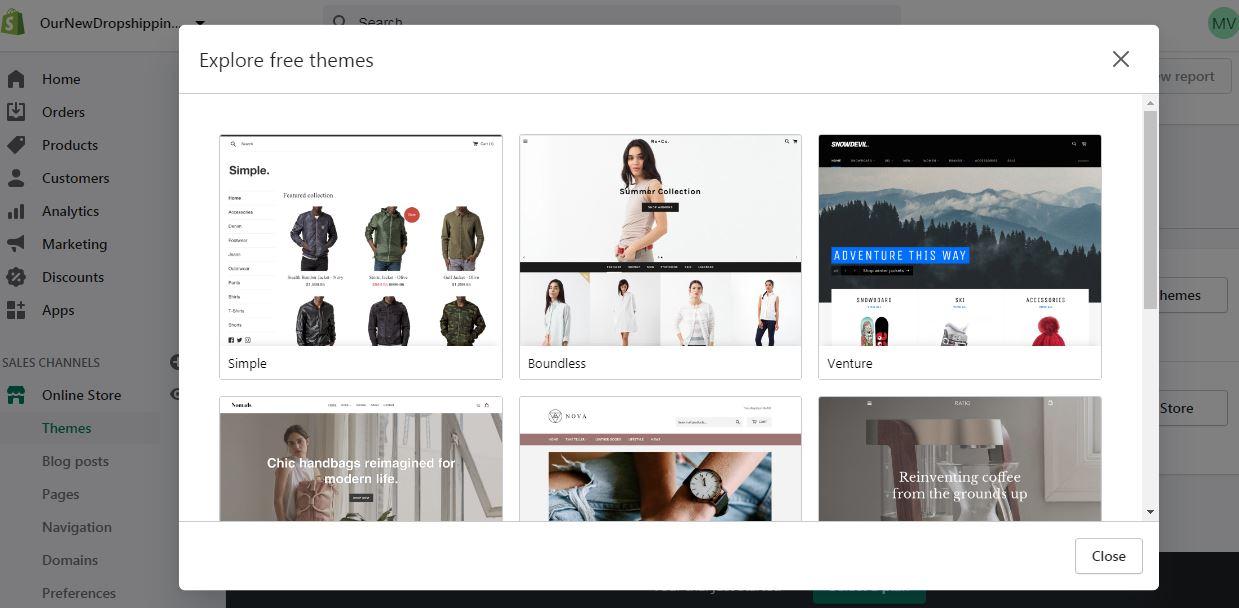
So, start with clear navigation so customers can easily find what they need. For example, organize your products into logical categories with search bars and drop-down menus.
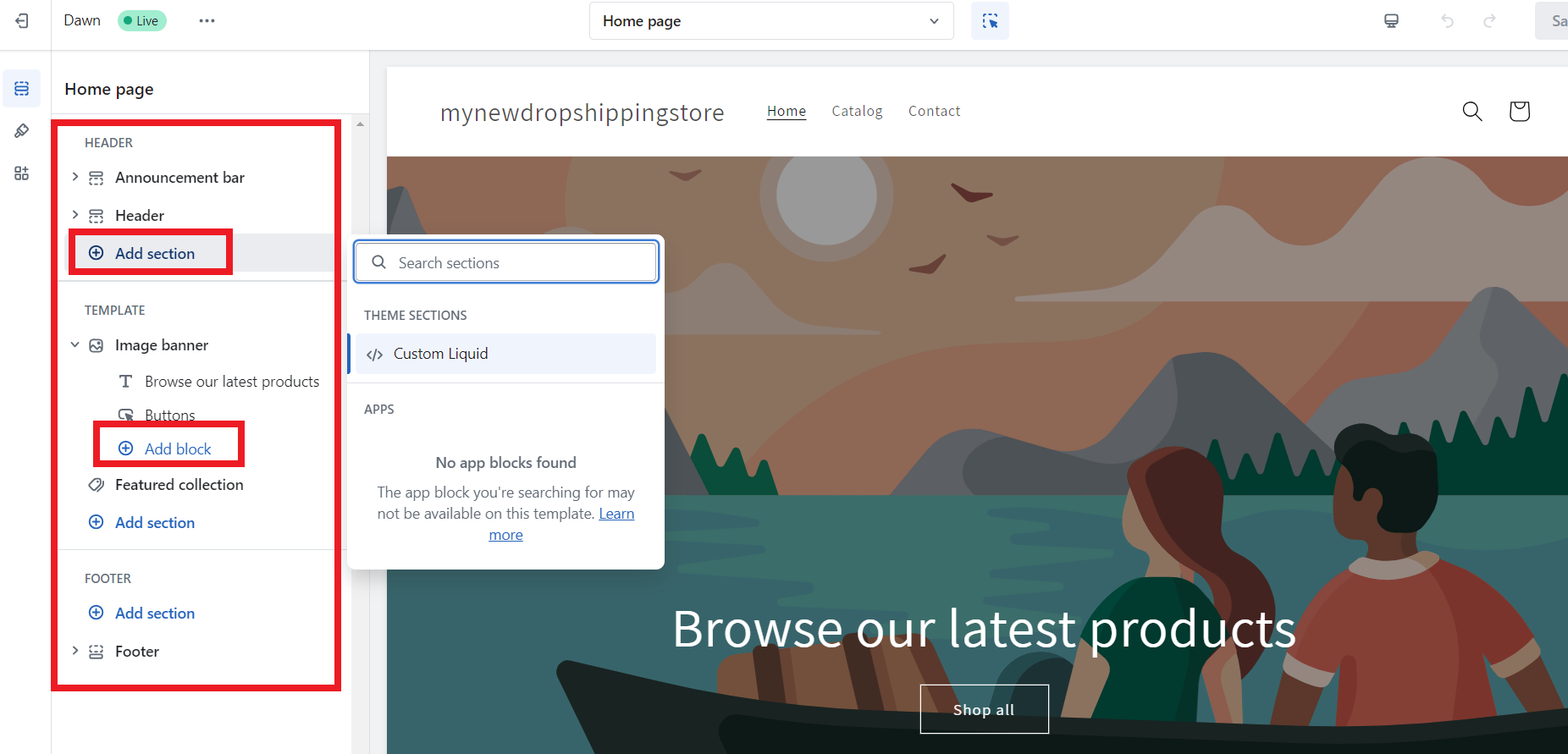
When I improved my navigation, customers spent more time exploring the store and adding items to their carts.
Next, focus on high-quality product images and descriptions. Professional photos showcasing products from multiple angles make a huge difference.
Thus, fast load times are critical. Choose reliable hosting to avoid slow pages, as every second delay loses sales.
Once I prioritized design, speed, and usability, my store’s conversion rates jumped. A professional store doesn’t just look good – it makes customers feel confident buying from you.
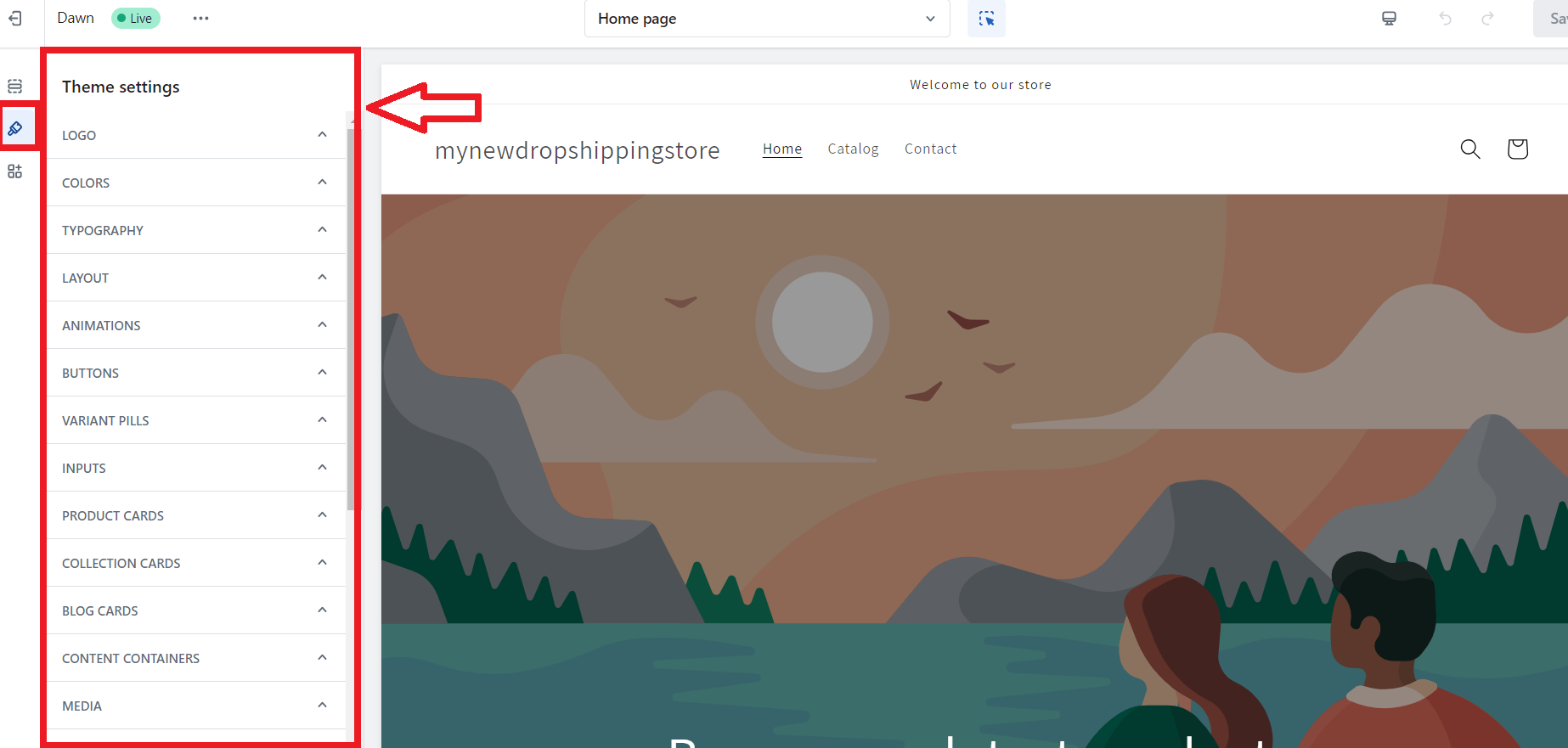
4. Create an Effective Marketing Strategy That Targets the Right Audience
At first, I thought running random ads would bring in sales, but I quickly burned through my ad budget without understanding the nuances of marketing in an ecommerce business. The problem? I wasn’t targeting the right audience or testing my creatives properly.
You can use Meta Ads Library to spy on competitors’ ad campaigns. For example, I searched for ads in my niche to see what visuals, headlines, and targeting strategies they were using. This gave me a clear idea of what worked.
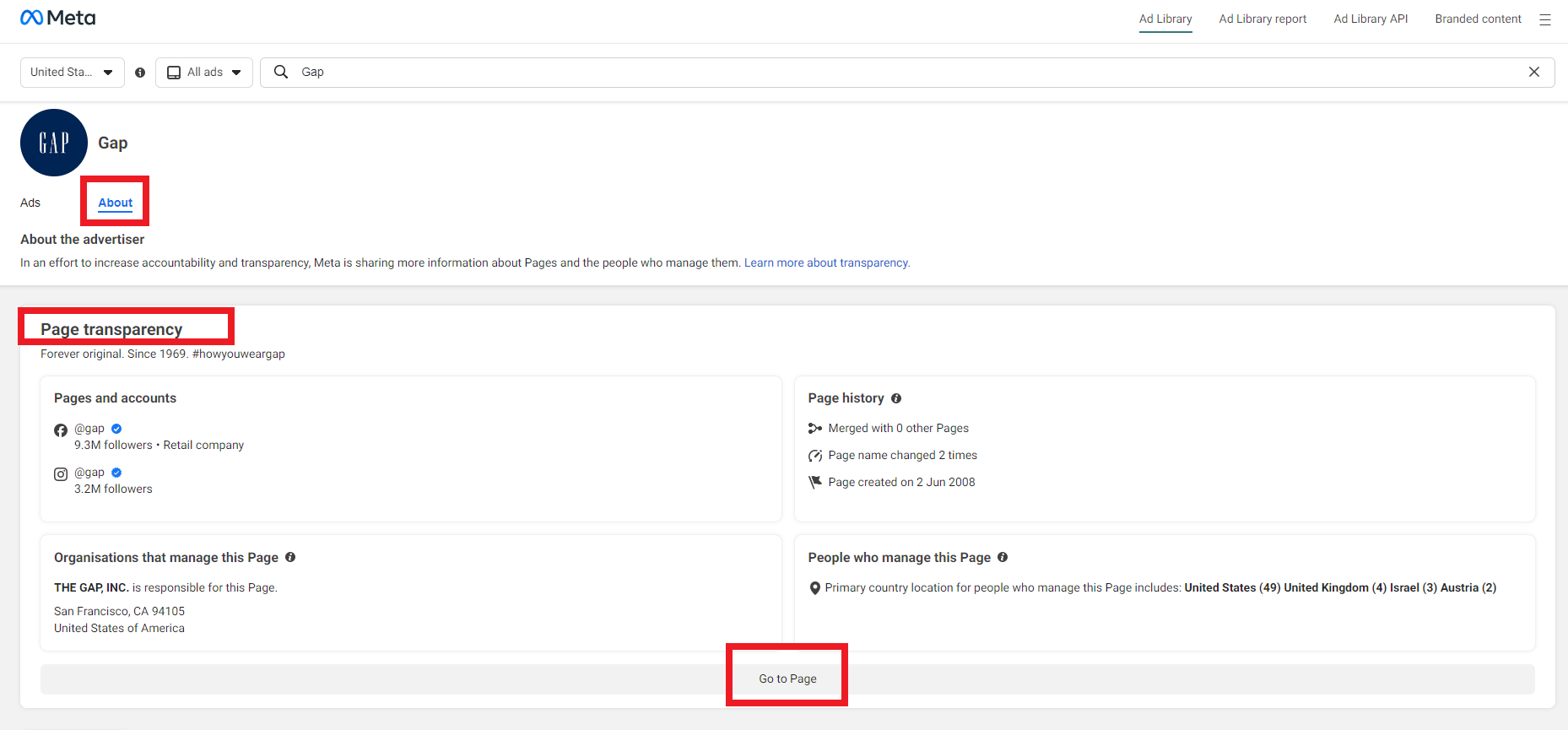
Then, you can create video ads based on viral TikTok trends. For example, I used short, engaging videos showing the product in action.
I also used Klaviyo to set up email sequences targeting warm leads who didn’t complete their purchases. A quick “Here’s 10% off – don’t miss out!” email recovered abandoned carts and boosted my sales.
Combining Meta ads, TikTok trends, and email marketing turned my traffic into real conversions. Focus on understanding your audience, and you’ll see results.
5. Provide Excellent Customer Service and Prioritize Customer Satisfaction
If you are looking for reasons why most dropshippers fail, here’s one.
Early on, I overlooked customer service in my dropshipping store. I thought, “If the product is good, they’ll be happy.” I couldn’t have been more wrong. A few unanswered emails led to bad reviews and refunds, damaging my reputation.
How I fixed it: I set up Klaviyo for automated responses to common questions like “Where’s my order?” or “What’s your return policy?”
This reduced my response time and kept customers informed. For real-time help, I added Tidio live chat to my store.
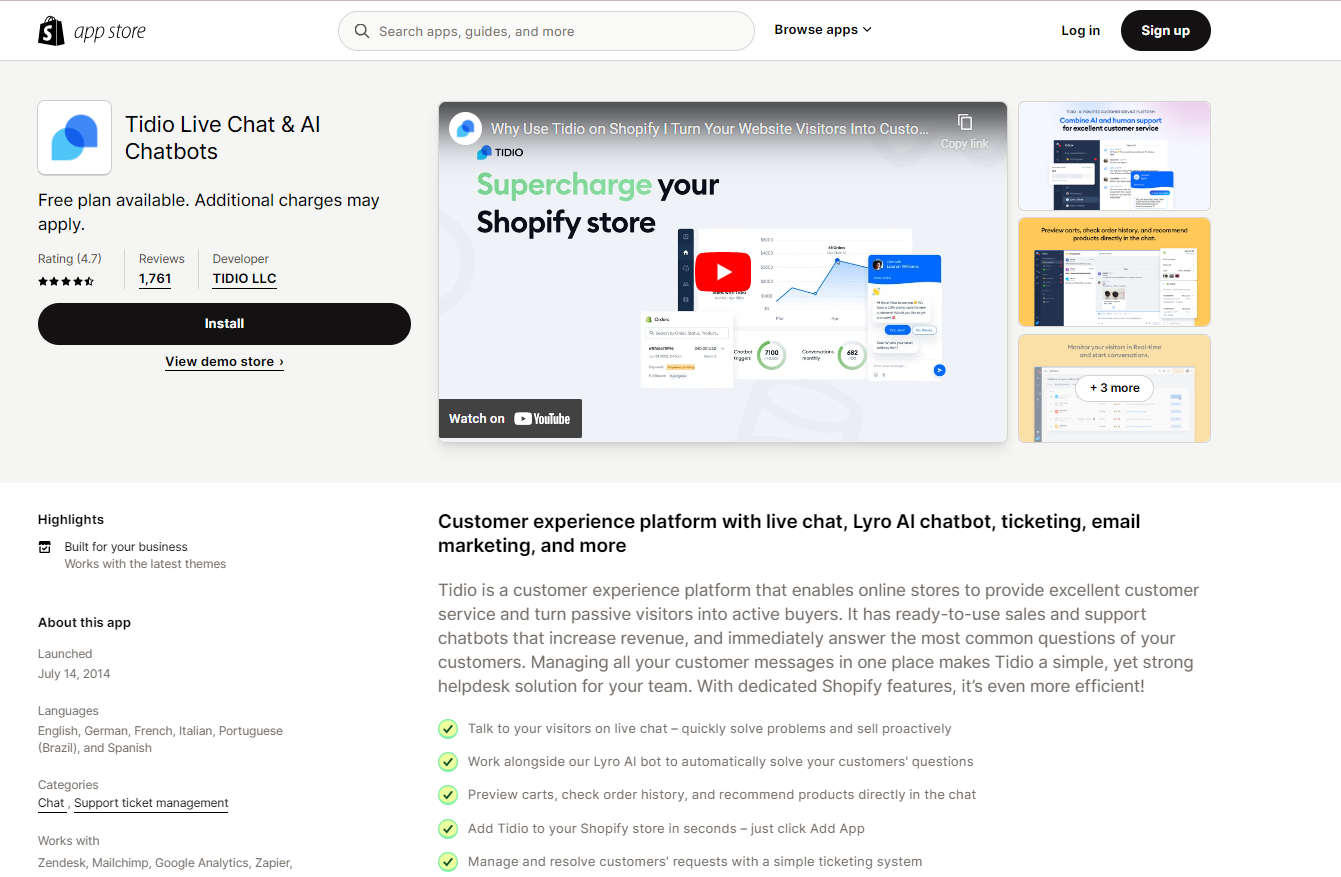
For example, a customer reached out about shipping delays, and I resolved the issue instantly – they were so impressed, they left a glowing review.
Additionally, I improved my refund process. I made returns hassle-free and clearly outlined policies on my website. Happy customers stick around, leave good reviews, and often come back for more.
6. Optimize and Improve Logistics and Shipping Times
Long shipping times are a deal-breaker for customers. I remember losing 20 orders in a week because products took over 20 days to arrive. Customers want speed, and if you can’t deliver, they’ll find someone who can.
How I fixed it: I sourced products from suppliers closer to my target audience using the Dropshipping.com Supplier Directory.
For example, I found US-based suppliers who could deliver in just 5-7 days. I also used ShipBobto track orders and automate fulfillment.
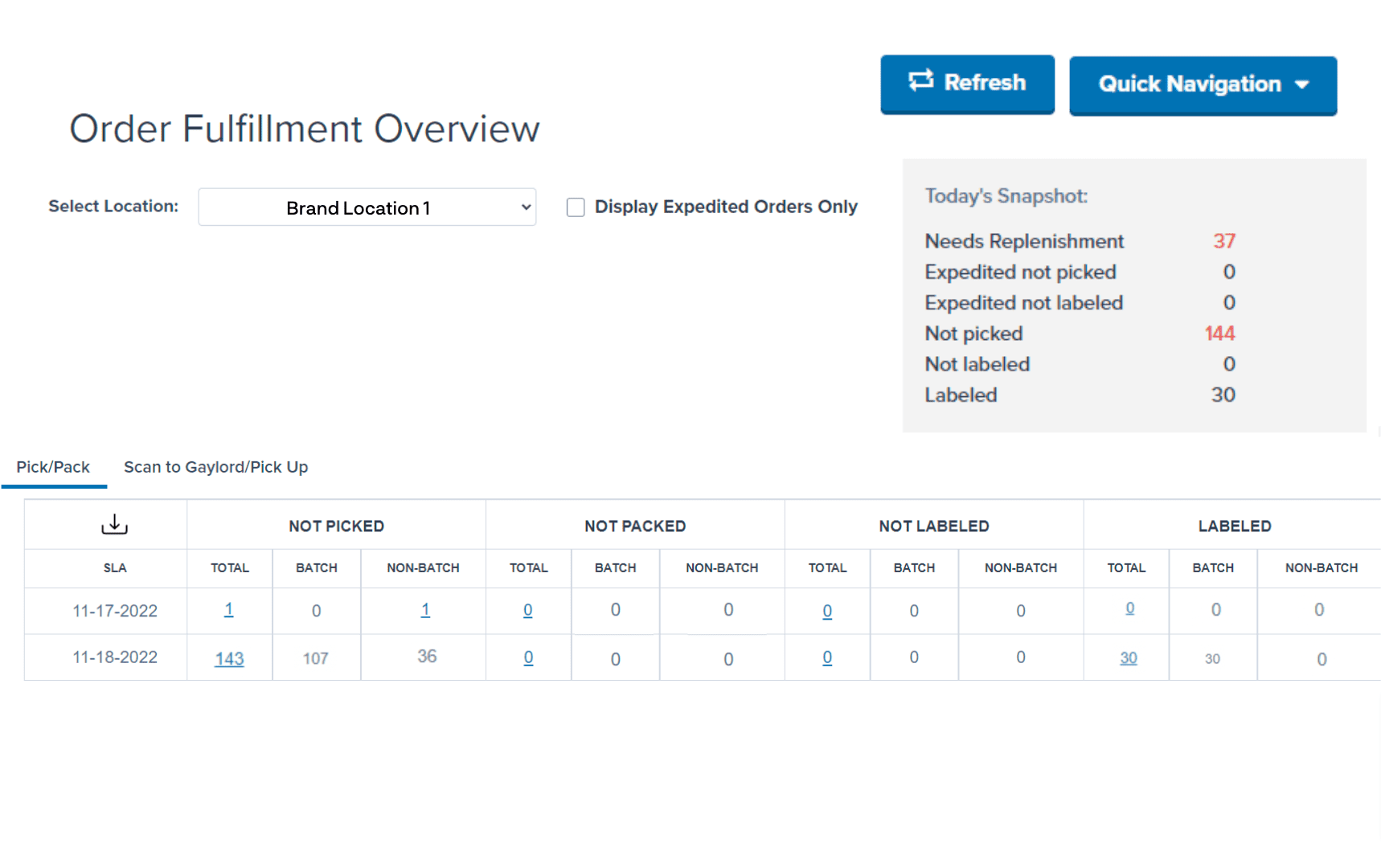
This tool sends customers real-time tracking updates, reducing “Where’s my order?” emails.
You can also offer express shipping options and highlight delivery times on your product pages. For example, “Fast 5-Day Shipping” can make your offer more appealing. Improving logistics builds trust and gives you a competitive edge.
Measuring Success and Failure in Dropshipping
Key Metrics to Track
To understand how well your dropshipping business performs, you need to monitor key metrics.
- Conversion Rate measures the percentage of visitors who make a purchase. A low rate often signals issues with product listings, pricing, or website design. Tools like Google Analytics can help track this.
- Average Order Value (AOV) reflects how much customers spend per order. Boosting AOV through upselling or bundle deals can increase revenue without needing more traffic.
- Customer Satisfaction comes from reviews and feedback. Happy customers lead to repeat sales and positive word-of-mouth, so track their experience closely.
- Return Rate indicates how often products are returned. High returns usually point to product quality issues or inaccurate descriptions. Monitor this to resolve problems quickly.
- Shipping Time directly impacts customer satisfaction. Delays cause frustration and negative reviews. Use tools like ShipStation to optimize deliveries and keep customers updated.
- Supplier Performance ensures your suppliers are reliable. Regularly review their quality and delivery consistency, and always have backups ready.
- Marketing ROI tracks how much profit your ads generate. Platforms like Facebook Ads Manager and Google Ads show what campaigns perform best, so you can adjust strategies.
- Lastly, keep an eye on the Profit Margin to ensure your business remains sustainable. Tools like BeProfit help track profits and expenses accurately.
Conclusion
Understanding the Top 10 Reasons Why Most Dropshippers Fail is key to avoiding common mistakes and building a sustainable business.
From choosing the wrong niche to unreliable suppliers and poor marketing strategies, the challenges are real – but they’re also fixable. Take time to research your market, pick reliable suppliers, and develop a solid plan before jumping in.
In my experience, success in dropshipping comes down to patience, preparation, and persistence. Focus on delivering quality products, improving customer service, and refining your strategy as you learn.
Dropshipping isn’t a get-rich-quick scheme; it’s a business that requires effort and smart decisions. Consider your niche, supplier reliability, shipping times, and cash flow before starting – these are the pillars of long-term success. Keep testing, learning, and improving, and you’ll see results.
















![The Top 21 3PL Companies Compared [2025 List & Guide]](https://images.weserv.nl/?url=https://prod-dropshipping-s3.s3.fr-par.scw.cloud/2024/03/Frame-3922469.jpg&w=420&q=90&output=webp)